Squeezing past rickshaws and sidestepping a blur of scooters, we arrived in Jaipur the way most people do: right in the middle of the chaos. A swirl of terracotta buildings, honking traffic, and colors that defy description. Bright saris swept through the narrow alleys of Tripolia Bazaar, while centuries-old architecture loomed above the crowds.
This is Jaipur: palaces turned into museums, ancient forts rising in the distance, and a beautiful collision of color and commotion. It’s vibrant, messy, and utterly captivating. Even before we stepped out of the cab, we understood why it’s one of India’s most visited cities.
To help you dive into it all, we’ve put together this 3-day Jaipur itinerary, perfect for first-time travelers. This ultimate guide covers the best things to do in Jaipur, from must-see landmarks in the Pink City to hidden corners we think deserve more love. You’ll also find practical tips, our favorite places to eat and stay, and the day trips that are totally worth your time.


.jpg)
Planning Your Trip Last Minute?
Booking hotels in Jaipur: Booking.com is our go-to platform to search for amazing hotels. Here are the top hotels in Jaipur.
Booking tours in Jaipur: Viator and GetYourGuide offer some of the best tours to experience the city, from guided walks to cooking classes. Here are the top experiences you can book today.
Don’t forget travel insurance! Buy one with Heymondo and get 5% off just for being our reader.
.webp)
The Pink City
As every guidebook and traveler before will tell you, the city of Jaipur in Rajasthan is often described as the Pink City. But despite the nickname, Jaipur isn’t entirely pink. It’s primarily the historic center where buildings are coated in warm, terracotta hues.
This tradition dates back to 1876, when Maharaja Sawai Ram Singh II had the city painted pink to welcome the visiting Prince of Wales (later King Edward VII). The color, symbolizing hospitality, has been largely preserved by locals ever since.
As part of the royal preparations, the Maharaja also had the word “Welcome” carved into the hills to the northwest of the city.
.webp)
Jaipur Tourist Map
Make the most of your 3 days in Jaipur with our detailed map, highlighting the top places to visit, hidden gems, and the best spots to eat and stay throughout the city.
3-Day Jaipur Itinerary
This itinerary is designed to help you experience the very best of Jaipur in 3 days, without the rush!
Each day includes a mix of popular sights and hidden gems. You’ll begin with the historic charm of Amer, wander through the vibrant lanes of the Old City, and then head south to explore hidden spots that many travelers overlook.
Before you go, check out our India Visa Guide for everything you need to know.
.webp)
Day 1: Historic Forts & The Old City
On your first day in this Jaipur itinerary, you’ll head to Amer, located about 11 kilometers from the city and once the capital before Jaipur was founded. In the afternoon, make your way to the Old City, known for its iconic pink-hued architecture.
Amer Wall
Opening Hours: Open 24 hours
Entrance Fee: Free
Location: Amer, Jaipur
Start your day early and make your way to the Amer Wall. Perched high above the forested hills, this ancient wall once protected the city and offers the best spot to watch the sunrise in Jaipur.
It takes about 20 minutes to hike to the top, but every step is worth it. From the highest point, you’ll be rewarded with sweeping views of the Aravalli Hills and the city spread out below.
The best part?
Hardly anyone makes the climb, so there’s a good chance you’ll have the entire spot to yourself!
.webp)
Amber Fort
Opening Hours: 8am-8pm
Entrance Fee: 500INR ($6)
Location: Amer, Jaipur
If there’s any fort that truly makes the most of its topography, it’s Amber Fort, also known as Amber Palace. Perched on a strategic hill, this former palace and military installation of the Maharajas of Jaipur dates back to the 10th century.
.webp)
As you explore, you’ll wind your way through the fort’s ascending levels, passing courtyards, gardens, and halls. Perhaps the most impressive and well-preserved is the Diwan-i-Khas (Sheesh Mahal), once used for key administrative functions. Here, mirror embellishments cover nearly every surface, from the walls to the ceilings and columns.
Beyond the main areas, take time to wander through narrow corridors and peek through small windows. The sweeping views of the city below and the surrounding hills are nothing short of breathtaking.
Note: There are two ways to reach the fort: by elephant or on foot. Arrive early to avoid the crowds, and please skip the elephant rides!
.webp)
.webp)
Panna Meena ka Kund (Stepwell)
Opening Hours: 7am-6pm
Entrance Fee: Free
Location: Amer, Jaipur
From the fort, take a rickshaw to Panna Meena ka Kund, one of the most iconic stepwells in India. Built in the 16th century, this eight-story structure is famous for its perfectly symmetrical, maze-like stairways.
Note: The stepwell is a bit out of the way, and getting rickshaws back to town can be difficult, so we recommend asking your driver to wait. We paid 400INR ($5) for our driver to take us to three different stops, including the stepwell, and then back to Jaipur town.
In ancient times, stepwells like this were essential in Rajasthan’s dry climate, providing a reliable source of water year-round. People also gathered here to escape the heat, share stories, and celebrate local festivals.
Today, climbing down the steps is no longer allowed––although just a few years ago, we were still able to walk along the lower levels.
Looking for the best photo ops in Jaipur? This private sightseeing tour takes you to the city’s most picturesque locations.
.webp)
Shri Jagat Shiromaniji Temple
Opening Hours: 6am-8pm
Entrance Fee: Free (25INR camera fee)
Location: Amer, Jaipur
Just a short walk from the stepwell, Shri Jagat Shiromaniji Temple rises quietly on a high platform. This impressive and often-overlooked Hindu temple is beautifully carved out of white marble and black stone.
Background: Built between 1599 and 1609 by Rani Kankawati, the wife of Raja Man Singh I, the temple was constructed in memory of their son, Jagat Singh.
.webp)
Spend some time walking around and take a closer look at the intricate bas-relief carvings covering the walls and ceilings, depicting elephants, horses, and deities. We honestly think the temple is one of the best places to see in Jaipur.
One of its most striking features is the toran—an ornamental archway at the entrance—believed to have been carved from a single piece of marble.
Jal Mahal
Before heading back to the old center, make a quick stop at Jal Mahal, also known as the Water Palace.
While it’s not exactly a place you can visit up close, most rickshaw drivers are happy to pull over so you can take a moment to admire the palace floating peacefully in the middle of Man Sagar Lake.
Originally constructed in the 17th century, the palace was later renovated and expanded in the early 18th century by Maharaja Jai Singh II. It primarily served as a hunting lodge and a leisure retreat for the royal family.
.webp)
Jaipur Old Town
You can’t truly experience Jaipur without walking through its Old City, where the city’s iconic pink-hued buildings line the streets and the heart of the action unfolds.
While many of Jaipur’s top attractions are located here, be sure to set aside some time to wander aimlessly. The streets brim with life, and every turn brings something unexpected.
Honestly, it was one of the best things we did in Jaipur. Along the way, you’ll find local street food stalls tempting you with vibrant snacks…though, admittedly, we were a little too hesitant to try them ourselves!
Jaipur city is also a shopper’s paradise, and its bustling bazaars are the perfect place to pick up souvenirs. Wander through markets like Johari and Chandpole, where you’ll find everything from sparkling jewelry to vibrant textiles and handcrafted goods.
Looking for more than just shopping? Book this guided tour for a deeper look into Jaipur’s bustling markets, with delicious food tastings along the way.
.webp)
Day 2: Palaces & Ancient Temples
Day two of this Jaipur guide is all about exploring the Old City. In the morning, you’ll visit some of the top tourist spots in Jaipur, all within walking distance, before ending your day at the infamous Monkey Temple.
Nakkarkhana Pol
Opening Hours: Open 24 hours
Entrance Fee: Free
Location: Pink City, Jaipur
After making your way through Sireh Deori, the western gate to the City Palace, you’ll be greeted by a square that overlooks the historic Nakkarkhana Pol (also known as Nakkar-Darwaza). This was once the site where musicians were stationed, playing drums and other instruments to announce the arrival or departure of the Maharaja.
.webp)
Though its original ceremonial purpose is no longer in use, the gate’s intricate paintings and decorations are still visible. Take some time to admire the architecture, and don’t miss the chance to snap a photo, especially when flocks of birds soar above the gate.
Nearby, local vendors sell bird feed, as feeding pigeons is considered an act of kindness in Hindu tradition and a way to earn good karma.
City Palace
Opening Hours: 9:30am-6pm
Entrance Fees: 1000INR ($12)
Location: Kanwar Nagar, Jaipur
Step further into Jaipur’s royal past as you make your way to the City Palace, one of the city’s most popular tourist sites.
Constructed between 1729 and 1732 by Maharaja Sawai Jai Singh II, the City Palace was built after he decided to move his capital to Jaipur due to water scarcity and a growing population.
.webp)
The palace complex comprises courtyards, gardens, and buildings. While some areas are open to the public, much of the palace (like the Chandra Mahal) remains a royal residence. You can access select areas with a special ticket that includes a guide and refreshments, available at the ticket counter.
Ticket Options:
- Royal Grandeur: 2000INR ($23)
Access to Shobha Niwas, Pritam Niwas & Sarvato Roof
- Royal Splendour: 4000INR ($47)
Access to Sri Niwas, Chavi Niwas, Shobha Niwas, Pritam Niwas & Sarvato Roof
.webp)
Among the most impressive features of the palace is the Rajendra Pol, a beautifully ornate marble gateway. Take a closer look at the heavy brass doors and the massive white elephants carved from a single block of marble that stand proudly on either side.
You’ll also encounter royal attendants around the palace, dressed in traditional Rajasthani attire and colorful safas (turbans). They are more than happy to assist visitors, answer questions, and even pose for photos.
Tip: If you’re planning on visiting Jaigarh Fort, consider purchasing the composite ticket to save on entrance fees. It costs 1250INR ($15).
Jantar Mantar
Opening Hours: 9:00am-4:30pm
Entrance Fees: 200INR ($2.30)
Location: Kanwar Nagar, Jaipur
Just across from the City Palace, you’ll find Jantar Mantar, the largest stone observatory in the world.
Maharaja Jai Singh II had a deep fascination with astronomy, which led him to build this site in the early 1700s. It’s one of five observatories he commissioned across India—and by far the largest and best preserved. The complex features 19 enormous instruments, all designed to measure time, track stars, and observe planets.
.webp)
The most striking of them is the Samrat Yantra, the world’s largest sundial. Standing 27 meters (about 90 feet) tall, it can measure time down to the second. Pretty impressive for something built over 300 years ago.
Isarlat (Minaret)
Opening Hours: 9:30am-5pm
Entrance Fees: 200INR ($2.30)
Location: Kanwar Nagar, Jaipur
A few steps from Jantar Mantar, Isarlat (also known as Swargasuli Tower) rises 140 feet above the city. This seven-story minaret was built by Maharaja Sawai Ishwari Singh in 1749 to celebrate his victory at the Battle of Rajmahal in 1747. Climb its 264 winding steps and you’ll be rewarded with one of the best panoramic views of Jaipur’s Old City.
.webp)
Hawa Mahal
Opening Hours: 9:30am-4pm
Entrance Fees: 202INR ($2.30)
Location: Kanwar Nagar, Jaipur
End your morning at Hawa Mahal, one of the top places to visit in Jaipur.
Located near Badi Chaupar and next to the City Palace, Hawa Mahal is arguably the most photographed building in the Pink City. It’s known for its unique honeycomb design, featuring 365 colorful miniature windows, along with intricately carved sandstone grills and domes.
Built in 1799 by Maharaja Sawai Pratap Singh and designed by Lal Chand, this five-story, pyramid-shaped palace stands 50 feet tall. It was designed so that royal women could observe the street celebrations and daily life below without being seen, thanks to its intricate latticework.
Tip: For an unbeatable view of the Hawa Mahal, head to the Tattoo Cafe & Lounge across the street. Sit on the rooftop and enjoy great food and coffee at reasonable prices!
.webp)
Galta Ji (Monkey Temple)
Opening Hours: 5am-7pm
Entrance Fees: Free
Location: Galta Ji, Jaipur
About 4 kilometers from Jaipur’s Old City and nestled between the hills, you’ll find Galta Ji (Monkey Temple)—a must-visit on any Jaipur itinerary.
As the name suggests, it’s home to a lively (and pretty fearless) troop of macaques that roam the temple grounds. Many locals believe that they’re sacred and serve as protectors of the temple with ties to Lord Hanuman, the revered monkey god in Hinduism. You’ll often see devotees feeding them bananas or nuts, a gesture believed to bring blessings or even wash away one’s sins.
Built in the 18th century, the complex features faded sandstone temples, domes, and courtyards tucked into a rocky gorge. At its heart is a natural spring that feeds a series of sacred kunds (water tanks), where devotees gather to bathe in hopes of spiritual cleansing and renewal.
Important Note: While Galta Ji is a popular tourist attraction in Jaipur, it’s also an active place of worship. Be respectful, and avoid taking photos or videos of those bathing or praying.
.webp)
.webp)
Day 3: Art, Culture & Views
On the final day of this 3-day Jaipur itinerary, make your way to Sanganer, a nearby town famous for its century-old block printing tradition and handmade paper workshops. Along the way, you can stop at a few highlights we think are worth a visit. Then, wrap up your trip with a sunset view from Nahargarh Fort, the perfect spot to take in one last panoramic view of Jaipur.
.webp)
Albert Hall Museum
Opening Hours: 9am-9pm
Entrance Fees: 300INR ($3.50)
Location: Ashok Nagar, Jaipur
Stop by to admire the Albert Hall Museum’s stunning Indo-Saracenic architecture, with its facade made of sandstone and marble. In the morning, flocks of pigeons often gather in front of the building, making it a great spot for photos.
As the oldest museum in Rajasthan, it houses an impressive collection of artifacts, including miniature paintings, carpets, ivory, and ancient sculptures.
Birla Mandir
Opening Hours: 6am-noon & 3-9pm
Entrance Fees: Free
Location: Tilak Nagar, Jaipur
Just south of the Albert Hall Museum, Birla Mandir is a Hindu temple made entirely of white marble, set in a peaceful garden at the base of Moti Dungri Hill.
From here, you can also overlook Moti Dungri Fort on a hilltop that was once a royal residence built to look like a Scottish castle. Though the fort is not open to the public, it makes for a striking view and a great photo backdrop.
.webp)
Patrika Gate
Opening Hours: Open 24 hours
Entrance Fees: Free
Location: Jawahar Circle, Jaipur
Follow the road out of Birla Mandir and you’ll come across Patrika Gate, one of the most beautiful places in Jaipur. Built in 2016 and commissioned by the Patrika Group of Newspapers (hence the name!), this vibrant gateway stands out from the traditional terracotta palette of the Pink City. Instead, it bursts with softer pinks, pastel hues, and intricate detail.
Each of its nine arches is hand-painted with intricate artwork reflecting the rich history and culture of Rajasthan. From the ornate pillars to the vividly decorated ceilings, every inch of Patrika Gate is a work of art.
Note: Patrika Gate is a popular spot for photoshoots, especially weddings. Visit early in the morning for the best light and a chance to capture it without the crowds.
Sanganer
Just a short drive from Patrika Gate takes you to Sanganer, a small town renowned for its centuries-old tradition of block printing.
Home to over 5,000 skilled artisans, many working in small, family-run workshops, Sanganer is especially known for intricate patterns printed in bright colors on crisp white cotton.
Watching the printing process itself is captivating, but what really stood out to us was the drying technique. Long sheets of freshly printed fabric are draped across tall bamboo poles, with workers high above carefully stretching them out to dry in the sun.
.webp)
If time allows, consider exploring Sanganer’s other local crafts, including its handmade paper industry or its ancient Jain temples–both worthy additions to your Jaipur travel itinerary.
.webp)
To best experience Sanganer, we recommend joining a guided tour. We booked with Hussain, our driver and guide, who gave us an incredible behind-the-scenes look into the village. You can reach him at +91 98282 78171.
No time for a full tour? Book a quick block printing workshop and create your own handmade scarf or apron.
.webp)
Nahargarh Fort
Opening Hours: 10am-10pm
Entrance Fees: 200INR ($2.30)
Location: Brahampuri, Jaipur
End your third day in Jaipur with a visit to Nahargarh Fort, one of the best places to watch the sunset with a panoramic view of the Pink City.
Tip: If you're taking a rickshaw or taxi to Nahargarh Fort, ask the driver to wait for you while you explore. It can be tricky to find a ride back down after dark.
.webp)
Within the complex, don’t miss Madhavendra Bhawan, the palace commissioned by Sawai Madho Singh II in the late 19th century. Known for his opulent lifestyle, including numerous queens and concubines, Madho Singh built this residence with nine identical, two-story suites—one for each of his queens.
The layout is symmetrical and cleverly interconnected by narrow corridors, while the interiors are adorned with faded frescoes and intricate floral motifs on every door, window, and wall.
Want to explore the history of Nahargarh Fort? Join the 2-hour Nahargarh Water Walk and discover its fascinating past, amazing views, and unique water system!
Top Tours in Jaipur
While this Jaipur travel itinerary is a great starting point for exploring on your own, here are the best day tours in Jaipur to consider. With a driver and an English-speaking guide, you can cover more ground and enjoy the city without the hassle.
Jaipur Composite Ticket
Price: 1,100 INR ($13)
Validity: 2 consecutive days
Buy online: obms-tourist.rajasthan.gov.in
Issued by the Jaipur Tourism Department, the composite ticket gives you access to 9 top attractions across the city—saving you time and money.
Included sites:
Amber Fort, Albert Hall Museum, Hawa Mahal, Isarlat (Minaret), Jantar Mantar (Observatory), Nahargarh Fort, Sisodia Rani Bagh, Jaipur Metro Kala Deergah, and Vidhyadhar Garden.
Note: You can purchase this ticket online or at major monuments like Amber Fort, Albert Hall, Hawa Mahal, and Jantar Mantar.
.webp)
Eating & Drinking in Jaipur
If you’re wondering where to eat in Jaipur, begin with these local favorites, all located within the heart of the Old City.
Hotel Bissau Palace: This beautifully decorated hotel restaurant served some of the best food we had in Jaipur and quickly became our go-to spot during our stay. Everything we tried was delicious, but the Thali options and Chowmein noodles were standouts. Outside guests must book ahead. 6-10pm
The Tattoo Cafe & Lounge: A popular rooftop restaurant offering the best view of Hawa Mahal, along with great coffee and a wide selection of food, from pizza to pasta. We especially enjoyed the momos and the grilled spinach corn sandwich. 8am-11pm
Govindam Retreat: Tucked near the City Palace, this vegetarian restaurant is well known for its traditional Rajasthani Thali served with a side of live music. It gets busy quickly, so arrive early. 10am-11pm
Plan Your Trip to Jaipur
Here’s everything you need to plan your three days in Jaipur, whether you want to explore the pink-hued architecture, visit beautiful palaces, or dive into the city’s royal history.
Best Time to Visit Jaipur
Jaipur is best visited from October to March, when the weather is pleasant and cooler temperatures make sightseeing ideal. It’s best to avoid traveling during the peak summer months (April to June), as temperatures can become unbearably hot. From July to September, expect high humidity and occasional heavy rains.
.webp)
Where to Stay
If you’re deciding where to stay in Jaipur, choose a spot as close to the center of the Pink City as possible for easy access to key sights, local markets, and dining spots. Explore the best places to stay in Jaipur here.
How to Get to Jaipur
Train: Jaipur is well-connected by rail to major cities like Delhi, Mumbai, and Kolkata. The Jaipur Junction Railway Station is centrally located and served by multiple daily trains.

Read: Guide to Train Travel in India
.webp)
Private Car: For a more flexible option, consider hiring a driver for the day, especially if you’re coming from Delhi, Agra, or Jodhpur. The roads are generally in good condition and offer the chance to stop at attractions along the way.
Plane: Jaipur International Airport (JAI), located about 12 kilometers from the city center, offers connections to major airports across India.
Save time and money with a hassle-free private transfer from Jaipur’s airport or your hotel.
.webp)
Getting Around Jaipur
Discovering Jaipur is easy, with a variety of transportation options, whether you’re navigating the old city or heading further out.
Walking: Exploring on foot is ideal for Jaipur’s old city, where narrow lanes and vibrant bazaars are best experienced up close. Just be prepared for a bit of heat and some uneven sidewalks.

Read: Best Way to Get Around India
Rickshaw: Quick and affordable way to get around, just make sure to agree on a fare beforehand. On our recent trip, most rides around the city cost about 200INR ($2.30).
Car: Ride-hailing apps like Uber and Ola are widely available in Jaipur, offering a convenient and air-conditioned alternative to rickshaws, especially for longer trips.
For more flexibility, hire a private driver for the day and visit several spots without feeling rushed. You can book through your hotel or get in touch with Hussain, our reliable private driver in Jaipur, at +91 98282 78171.
And that’s how you can make the most of Jaipur in just 3 days!
From Jaipur, head next to Agra to see one of the world’s most iconic landmarks—the Taj Mahal. For a well-rounded experience, follow our 2-day Agra itinerary, packed with tips on what to see, where to go, and how to explore beyond the main sights.
If you have any questions, feel free to leave a comment below.
Some links in this Jaipur Itinerary may be affiliate links.
This means that if you make a purchase after clicking on one of our links, we will receive a small commission at no extra cost to you. Please know that by doing so, you are supporting Colorful Journeys in continuing to provide free high quality content to help you in your travels!
.webp)



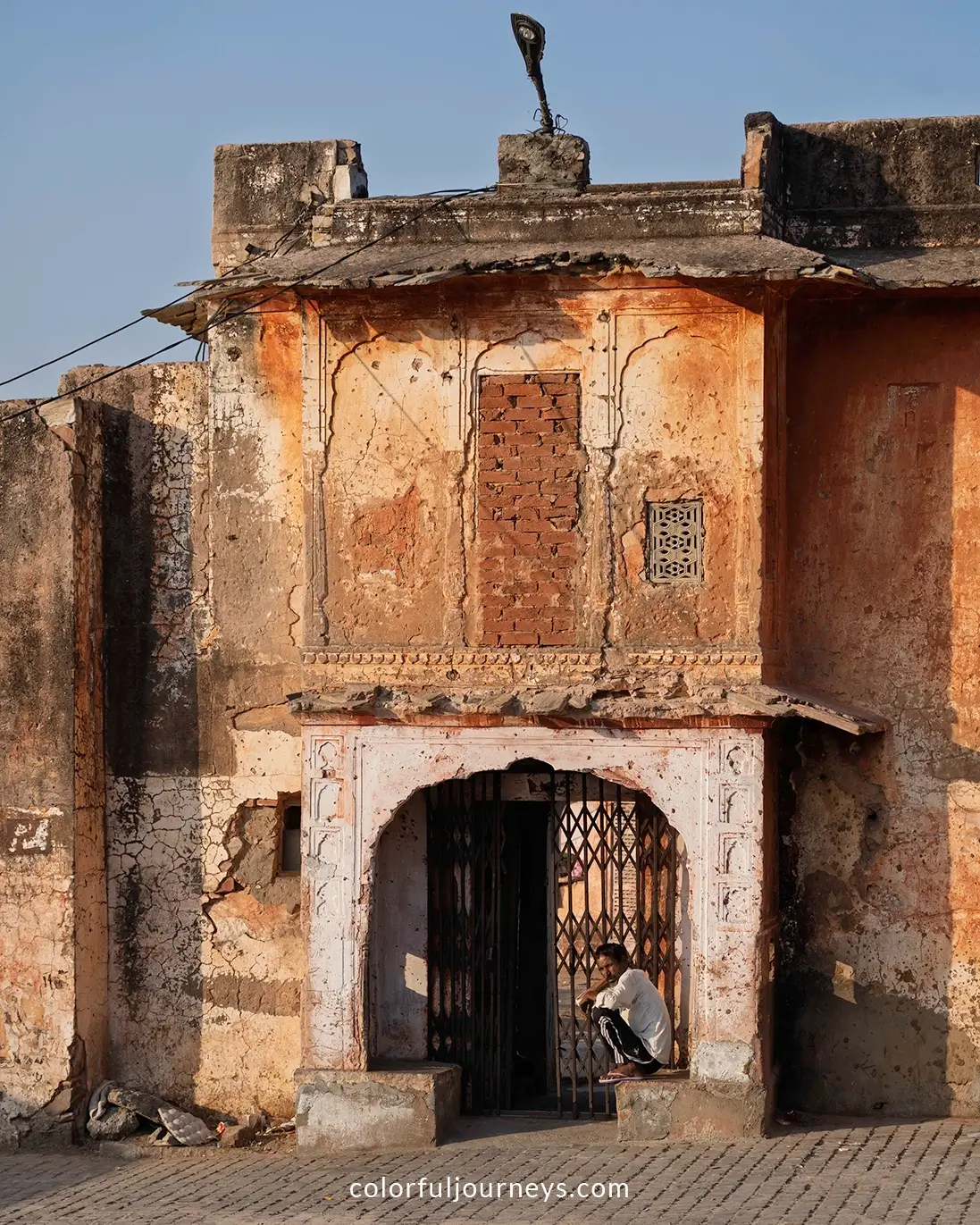
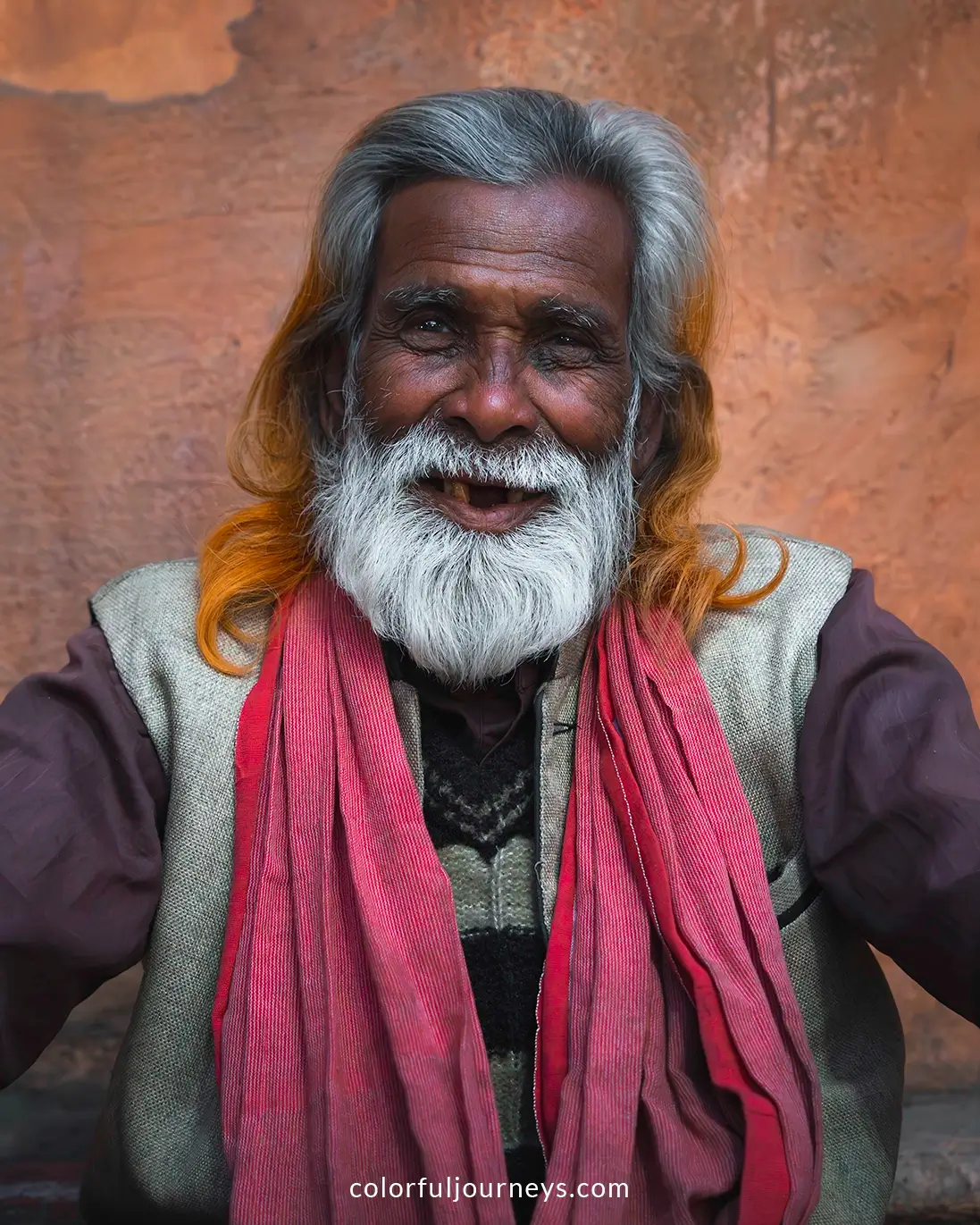

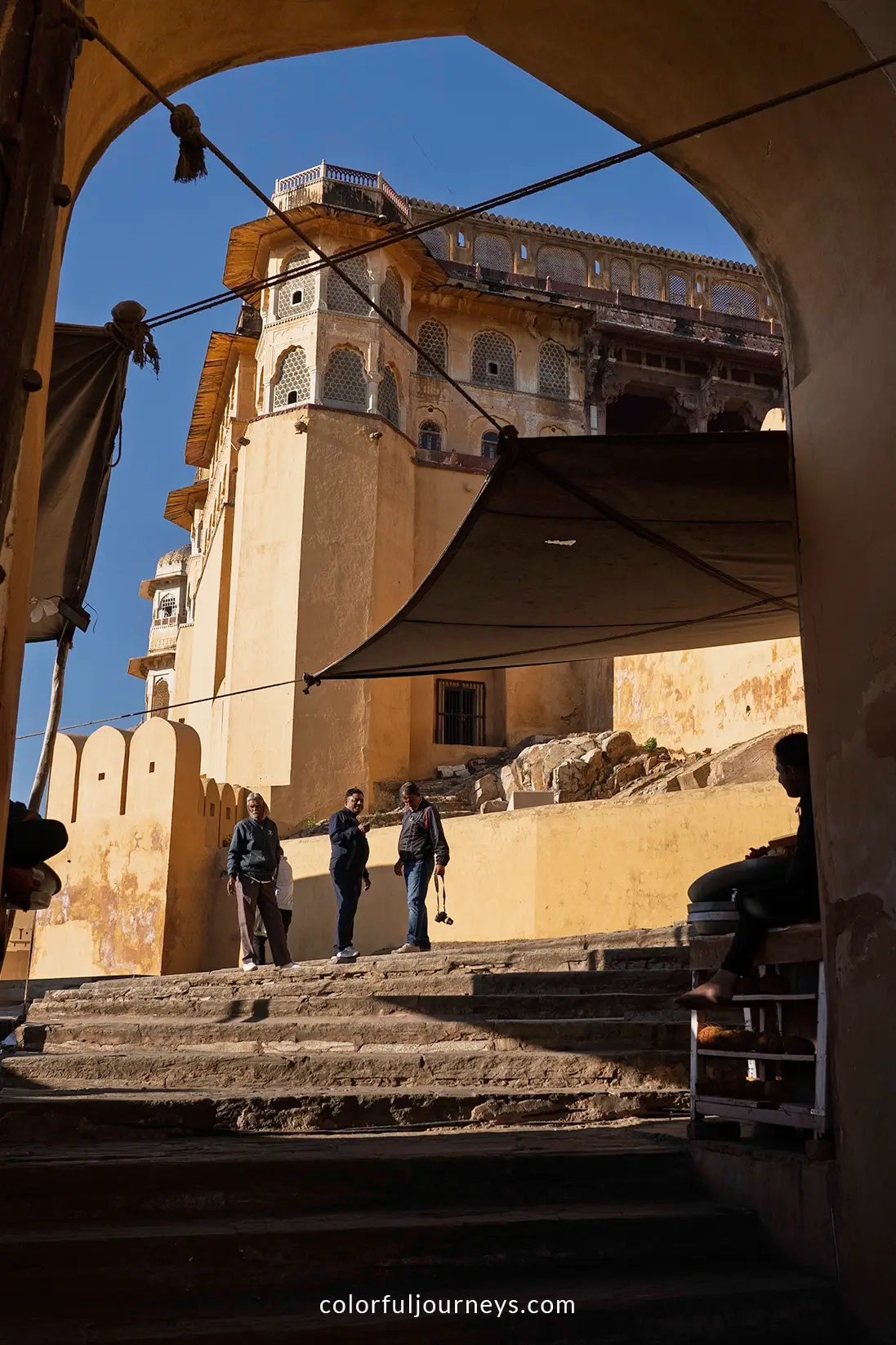
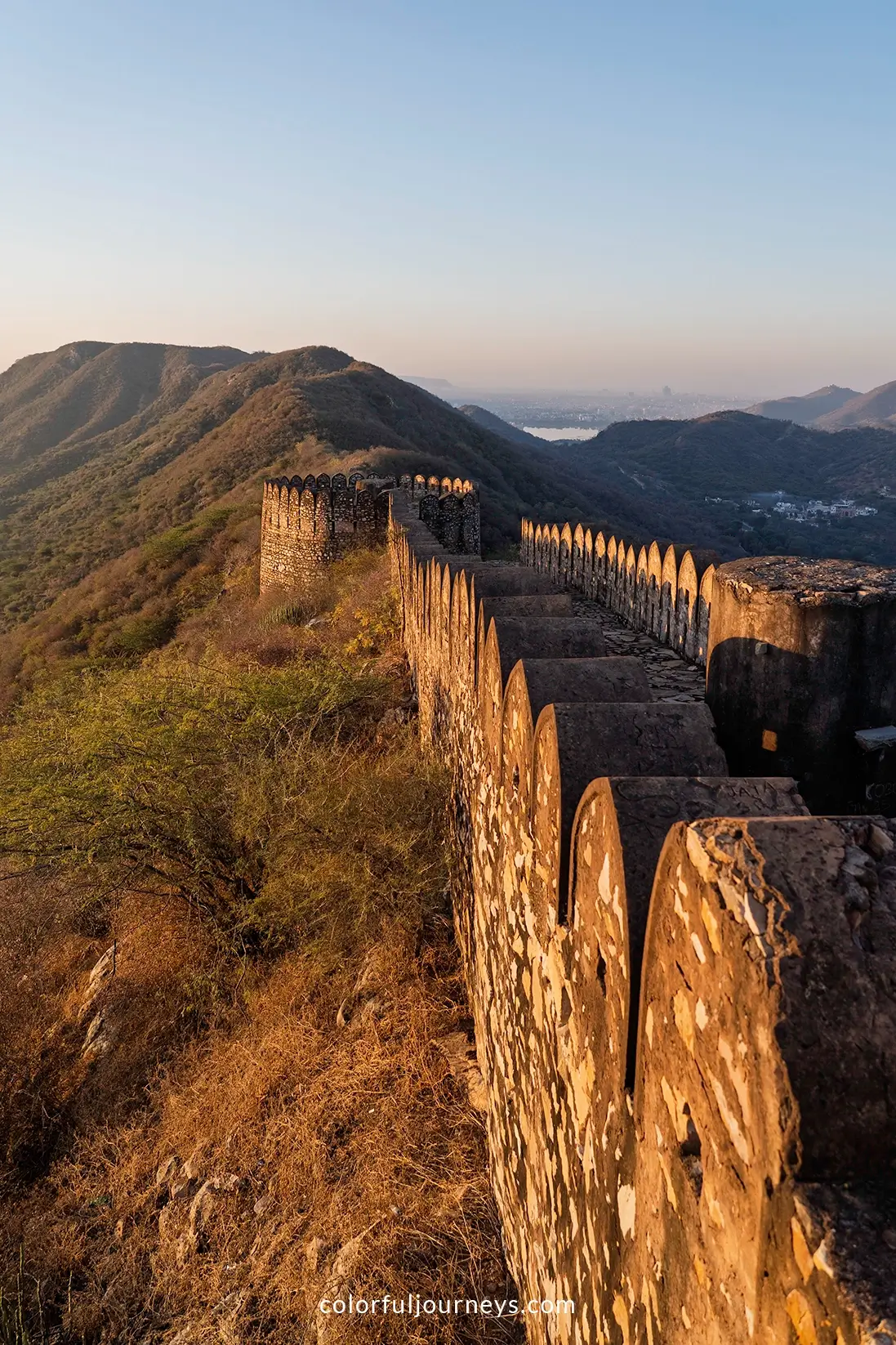
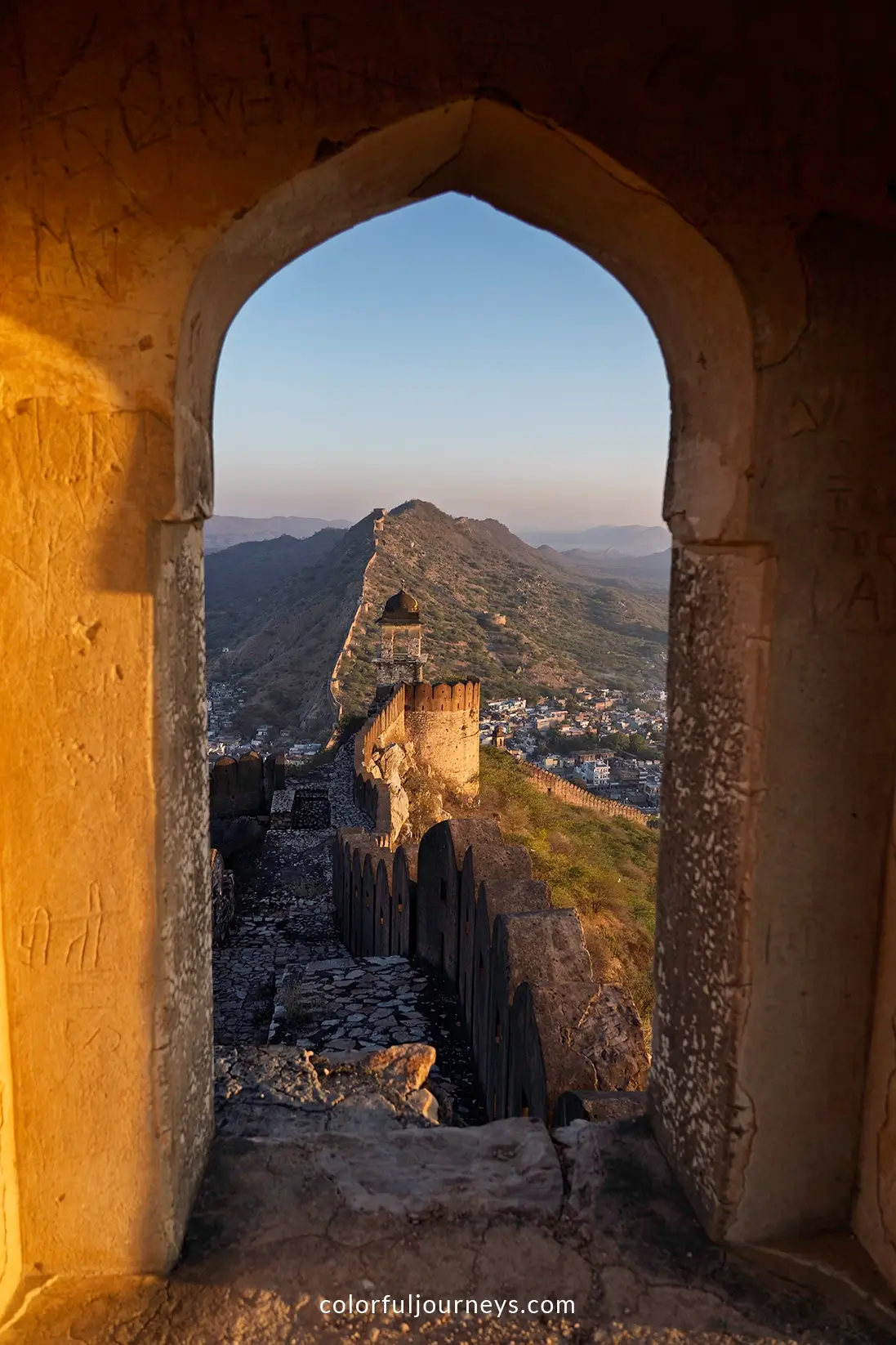
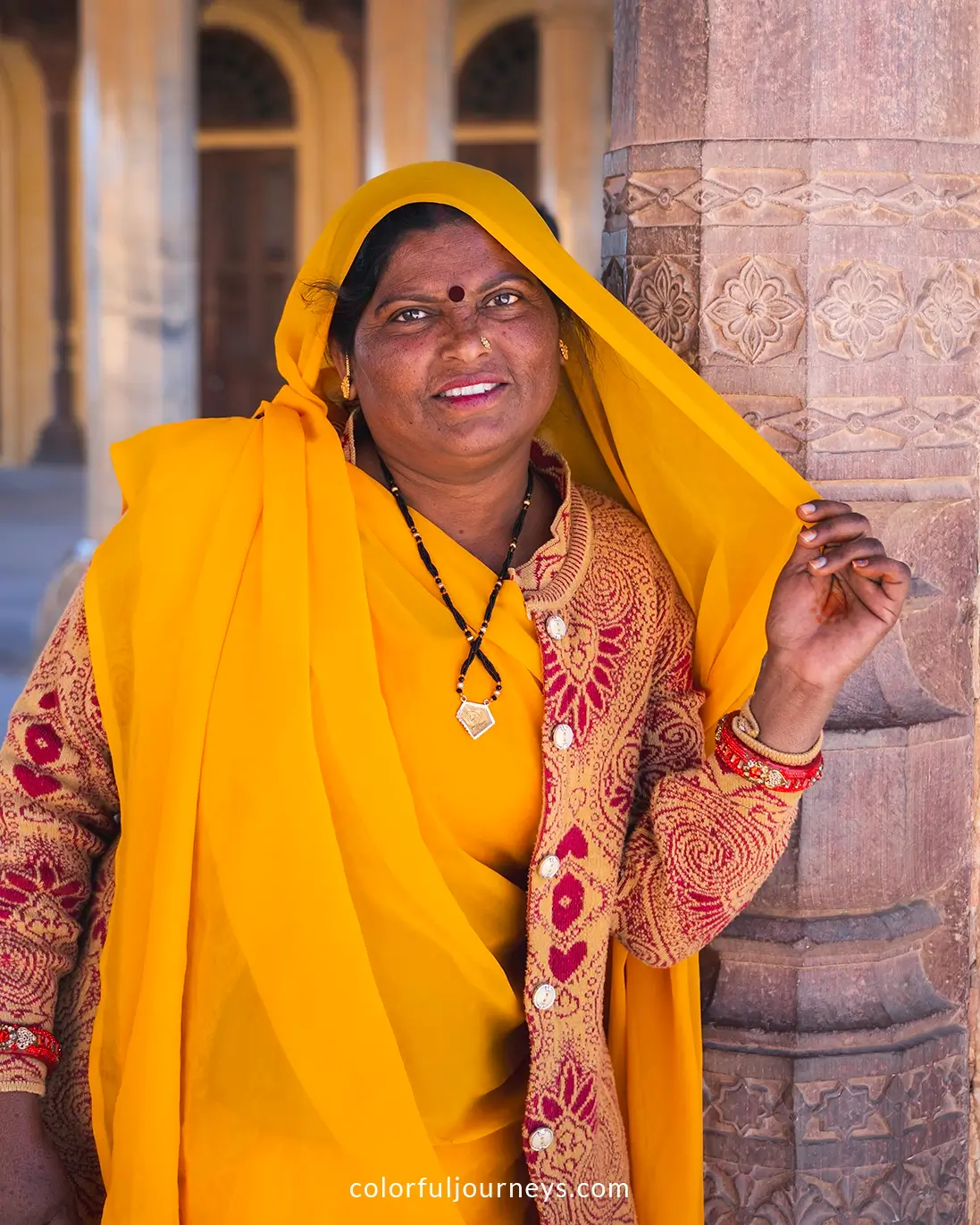
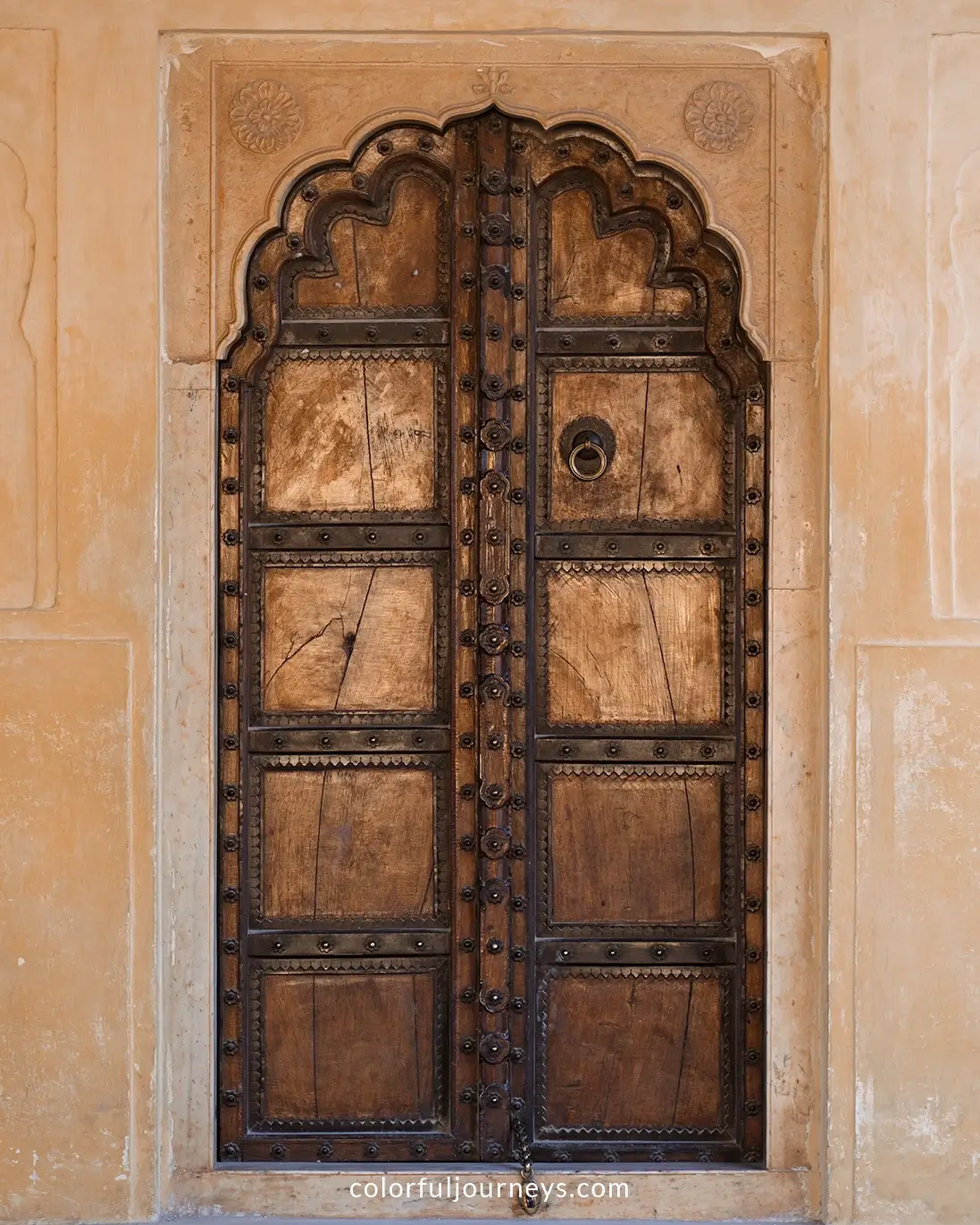
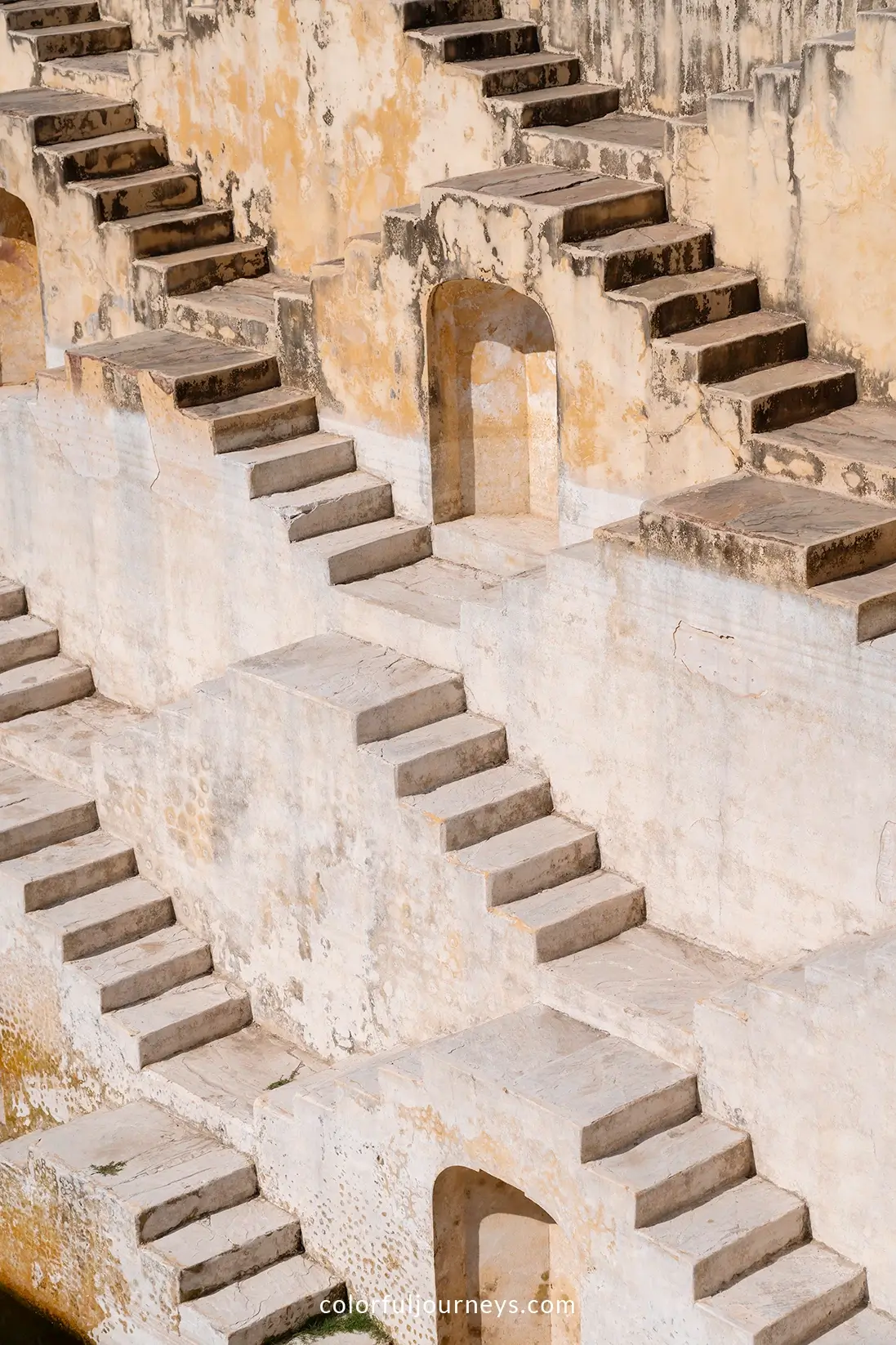
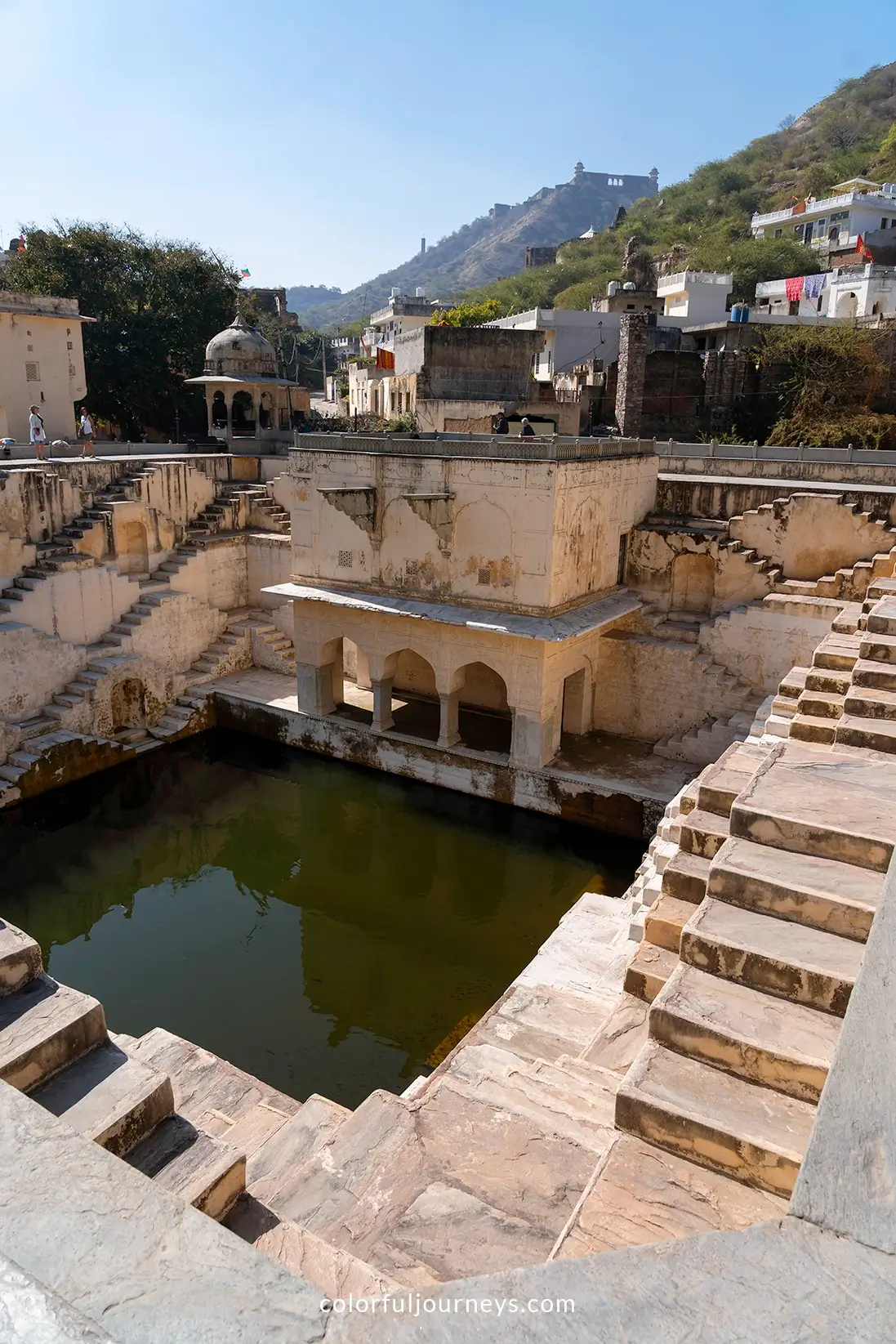
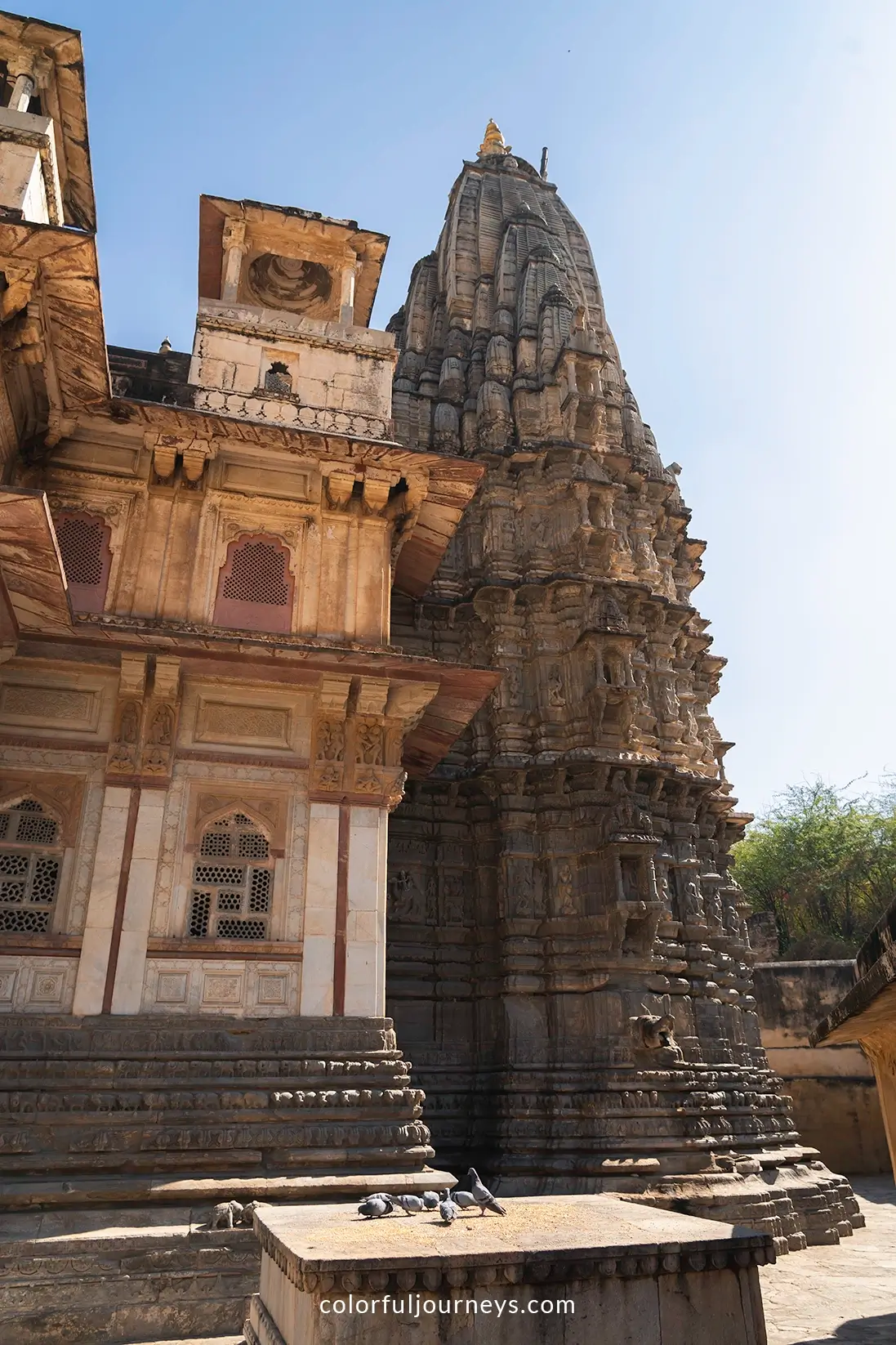
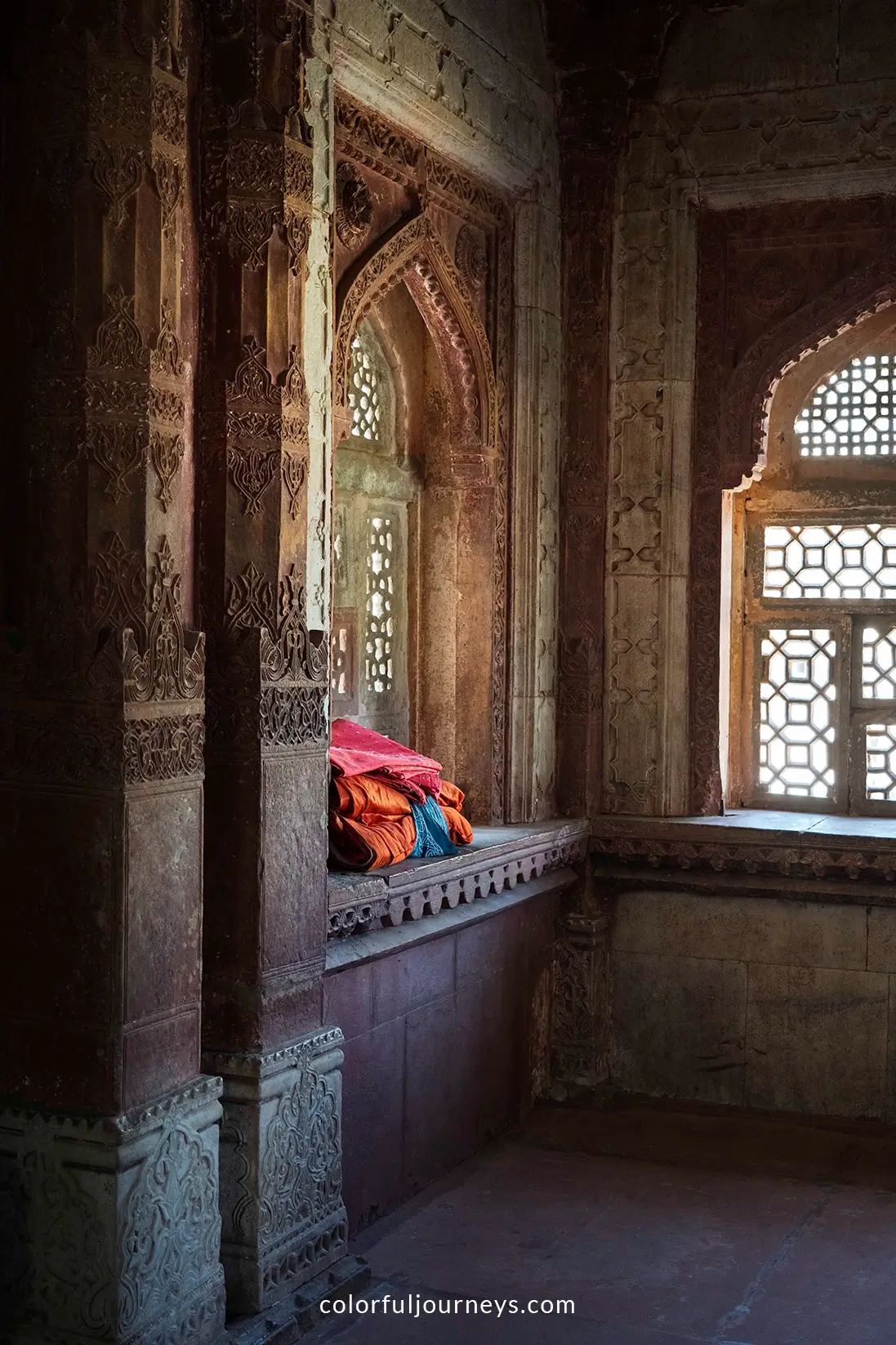
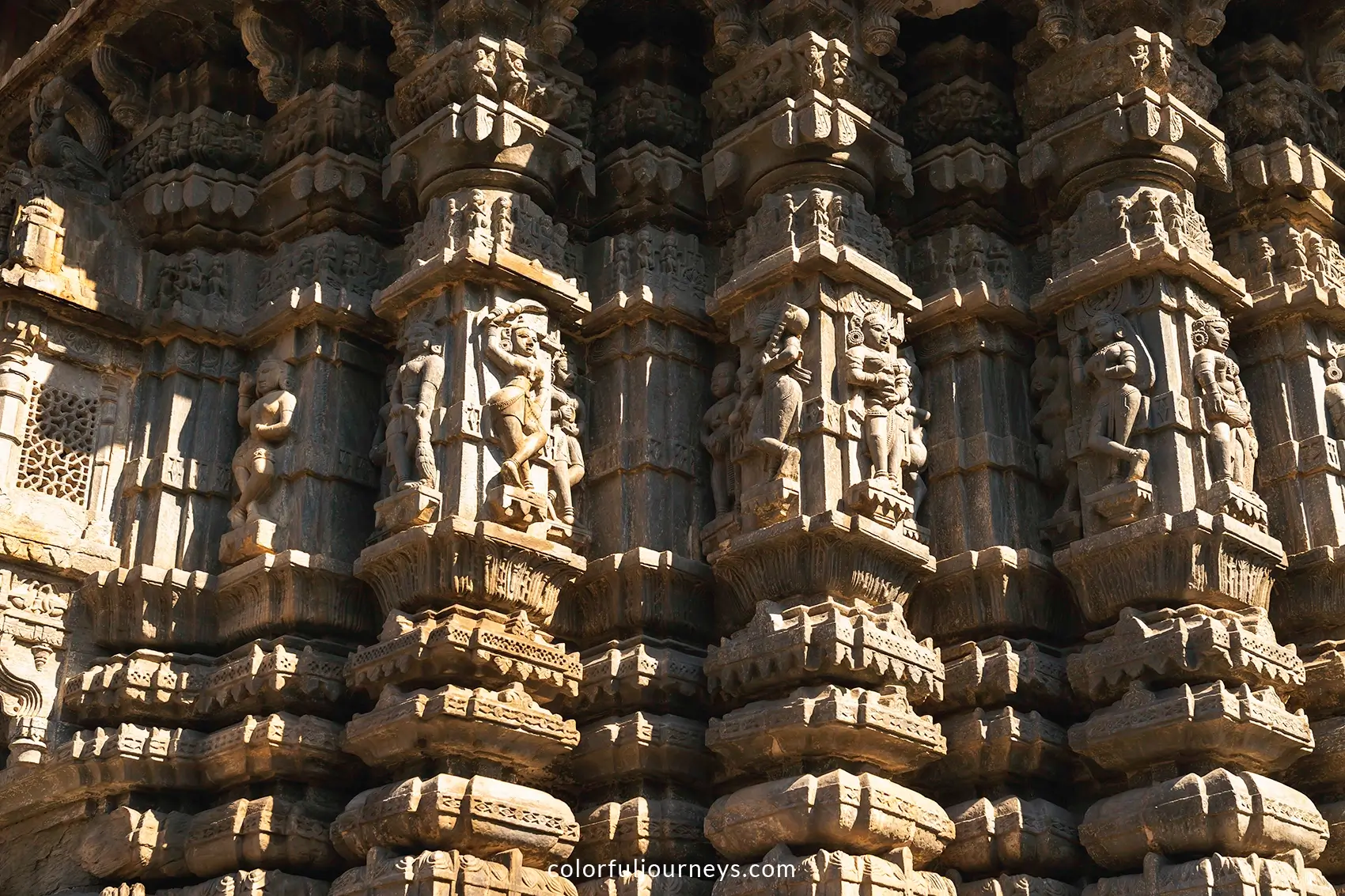

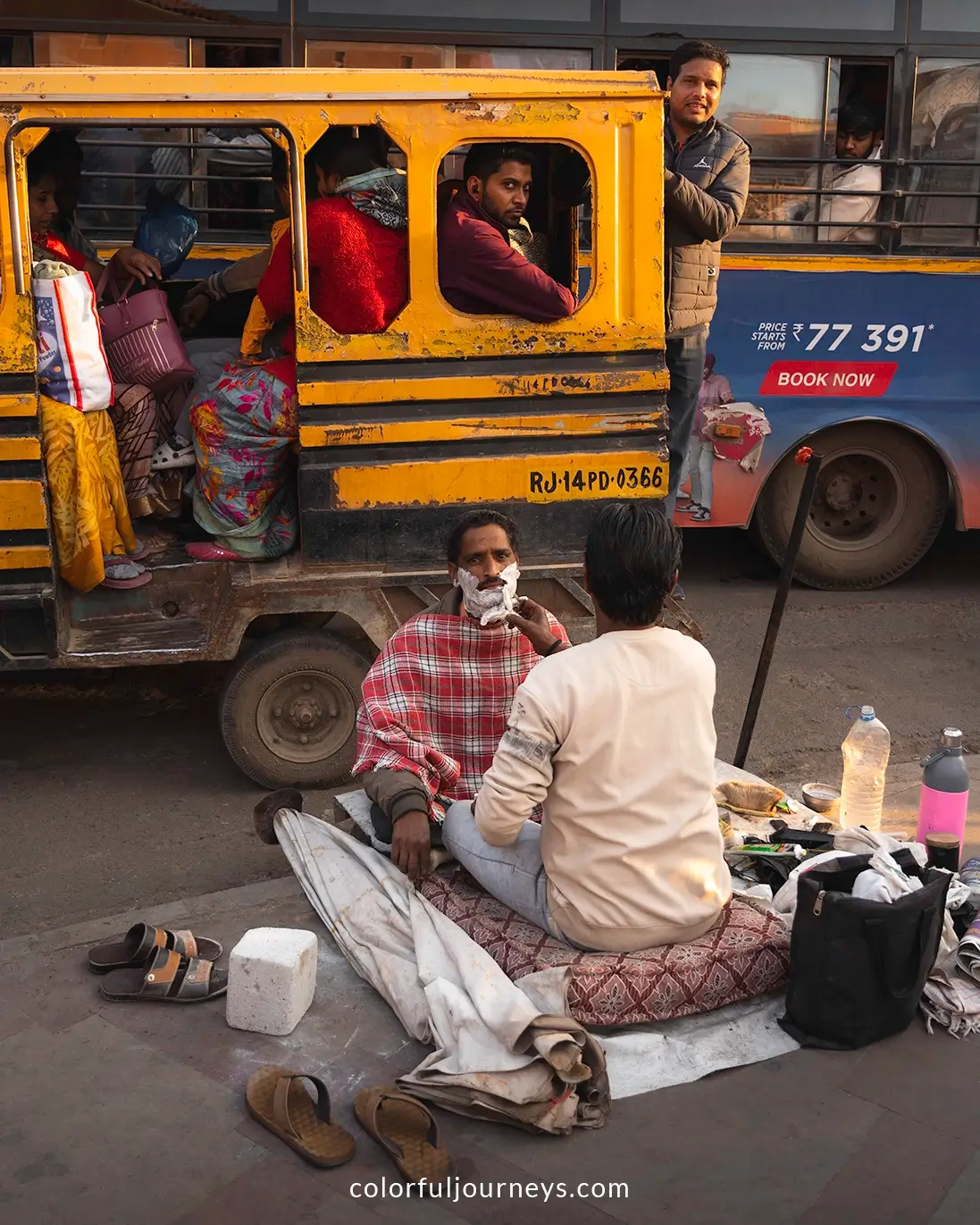
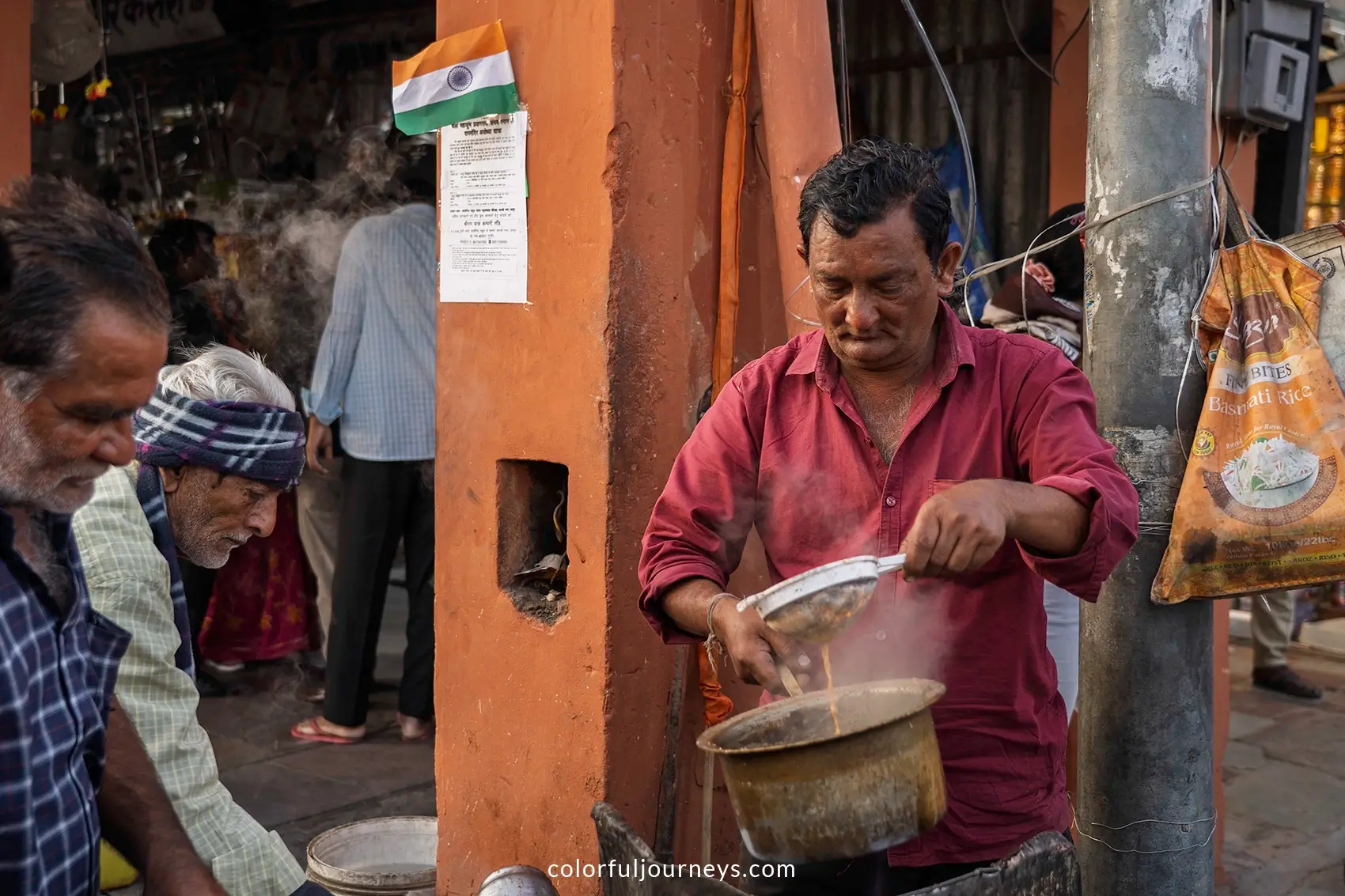
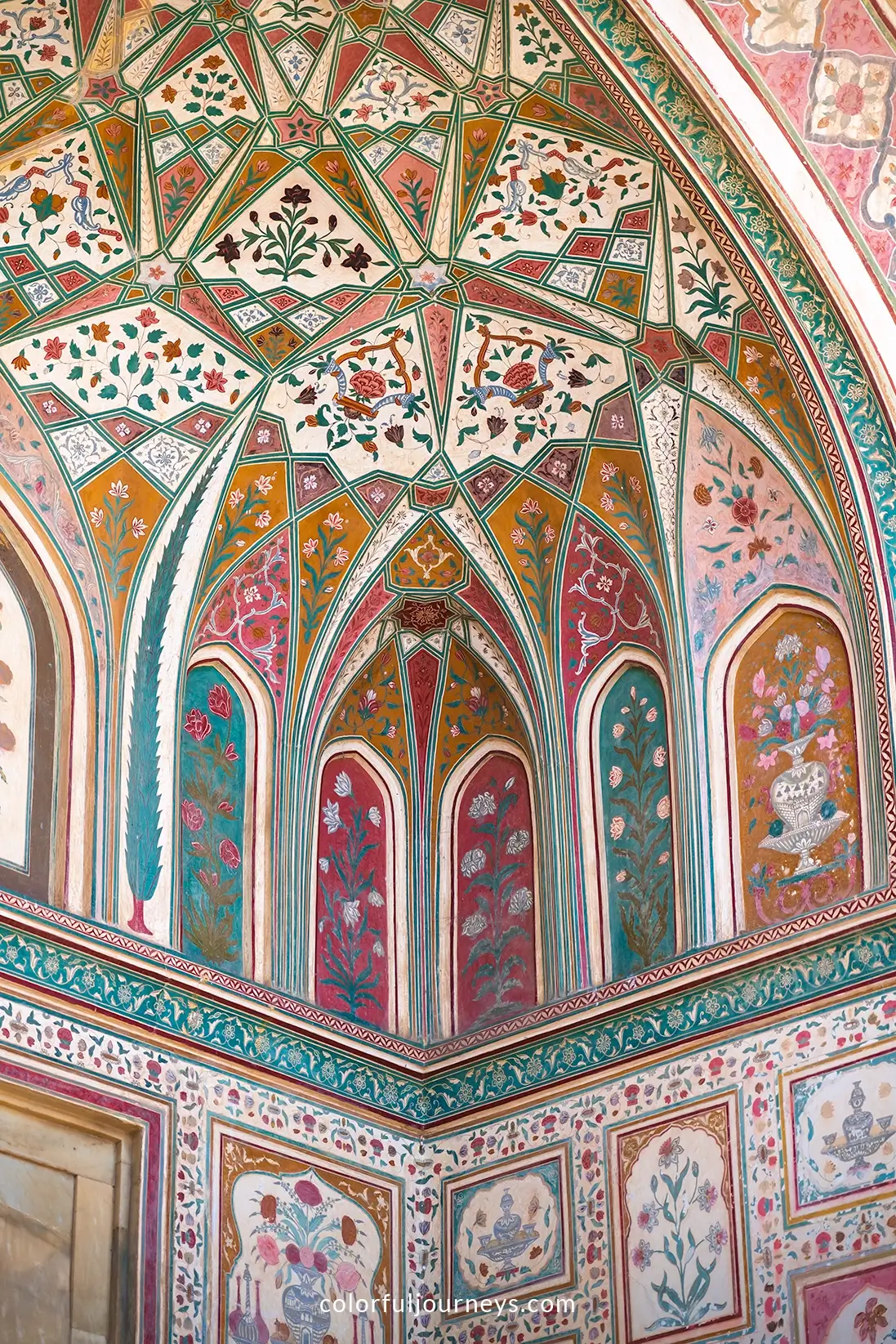
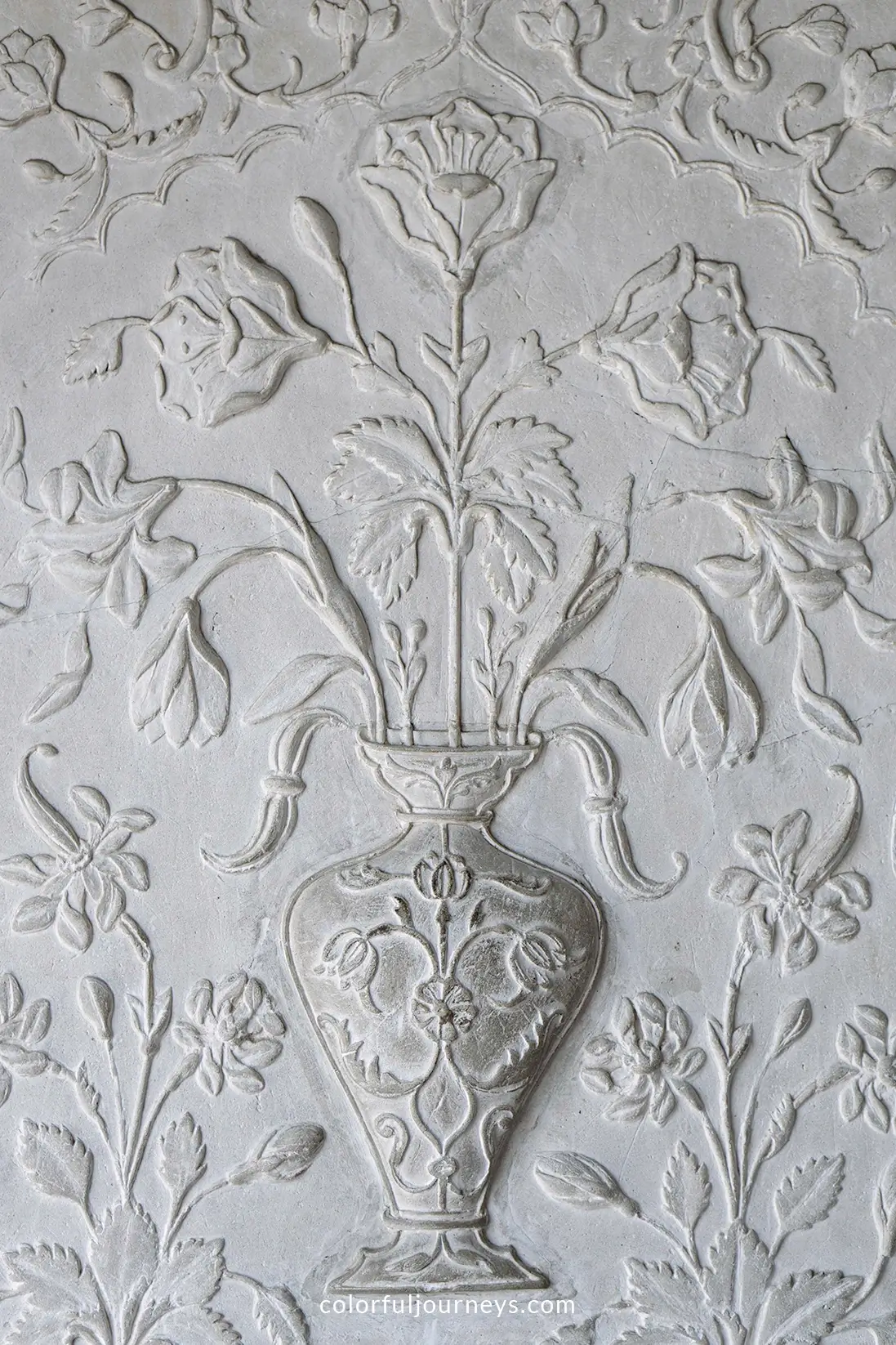
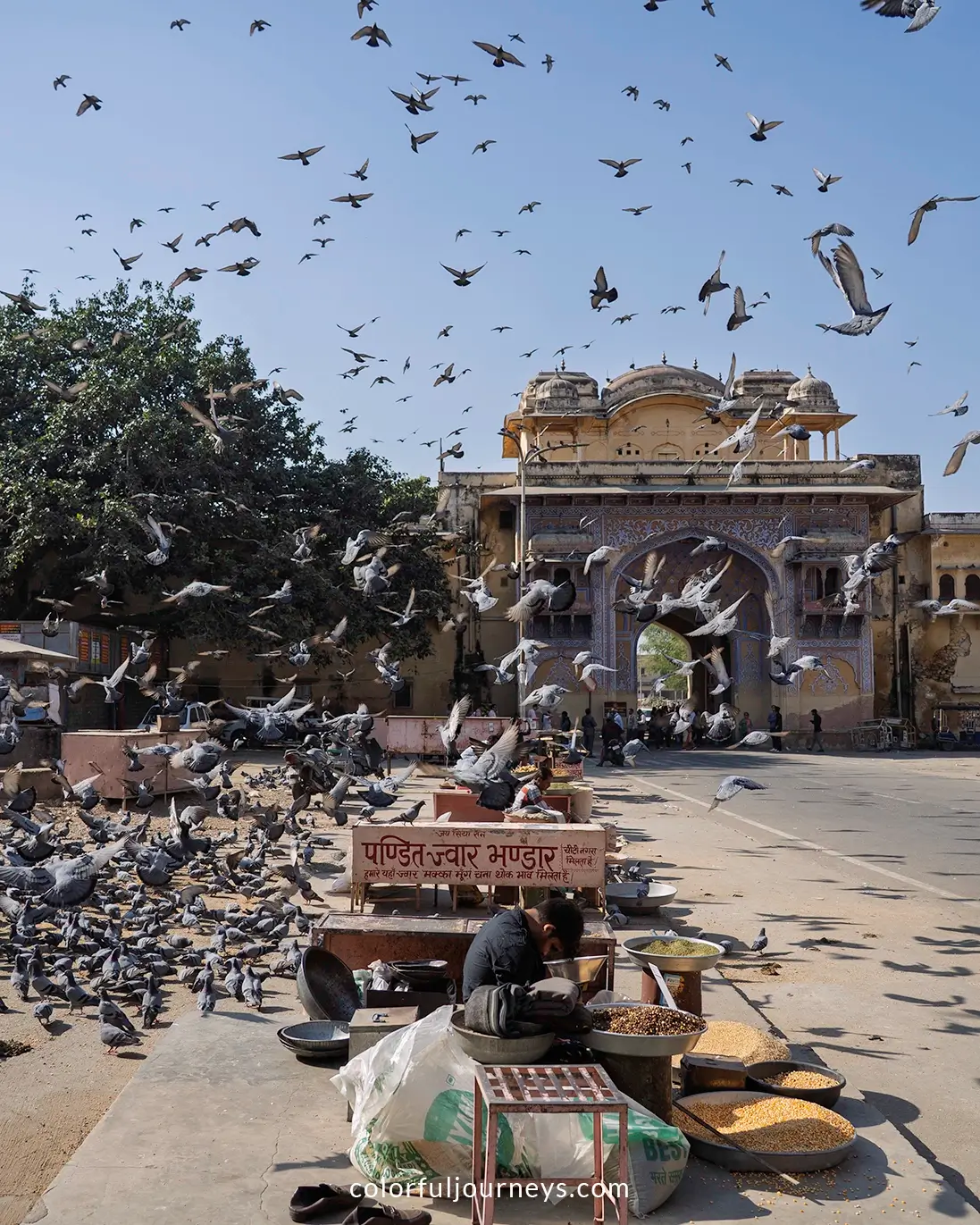
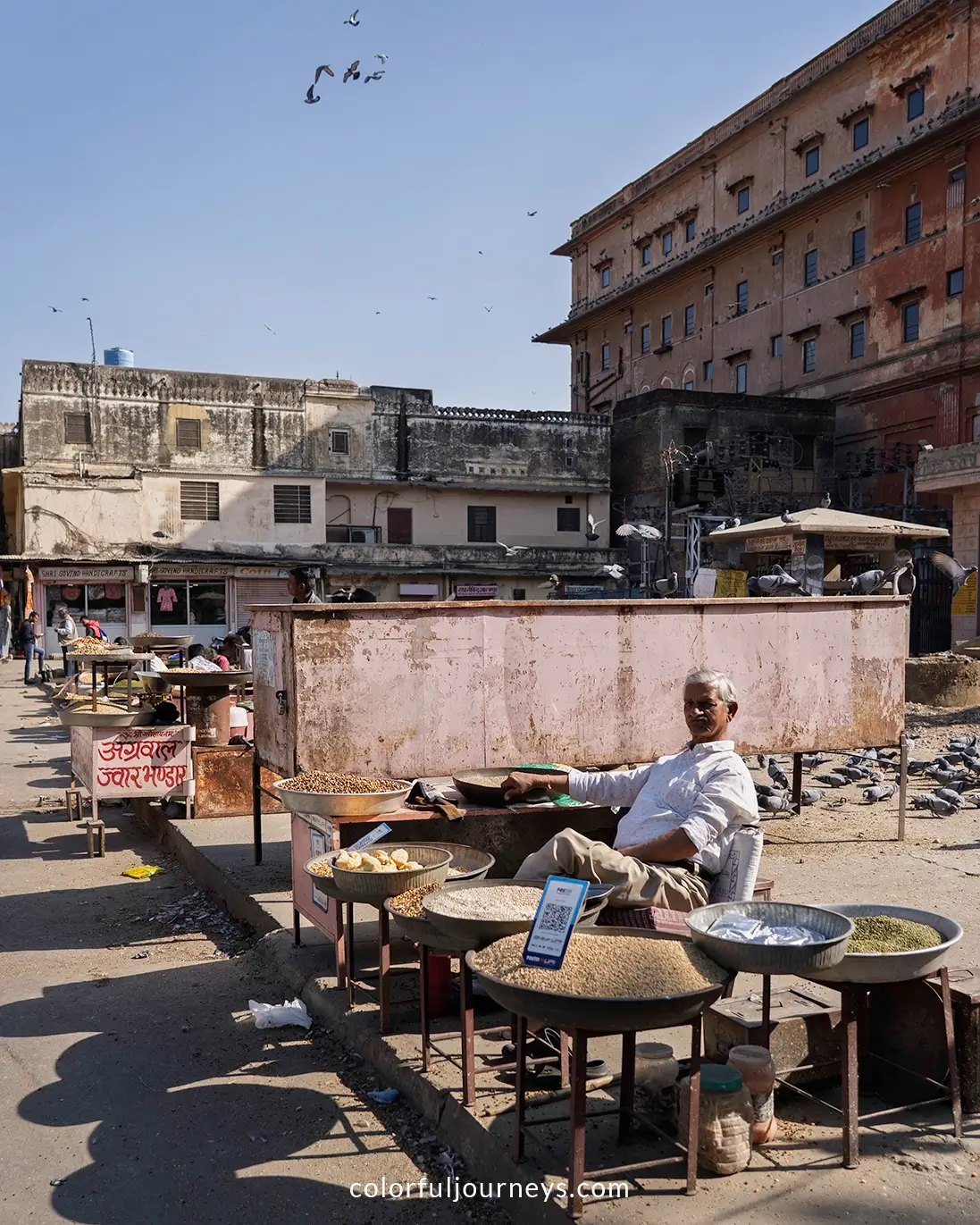
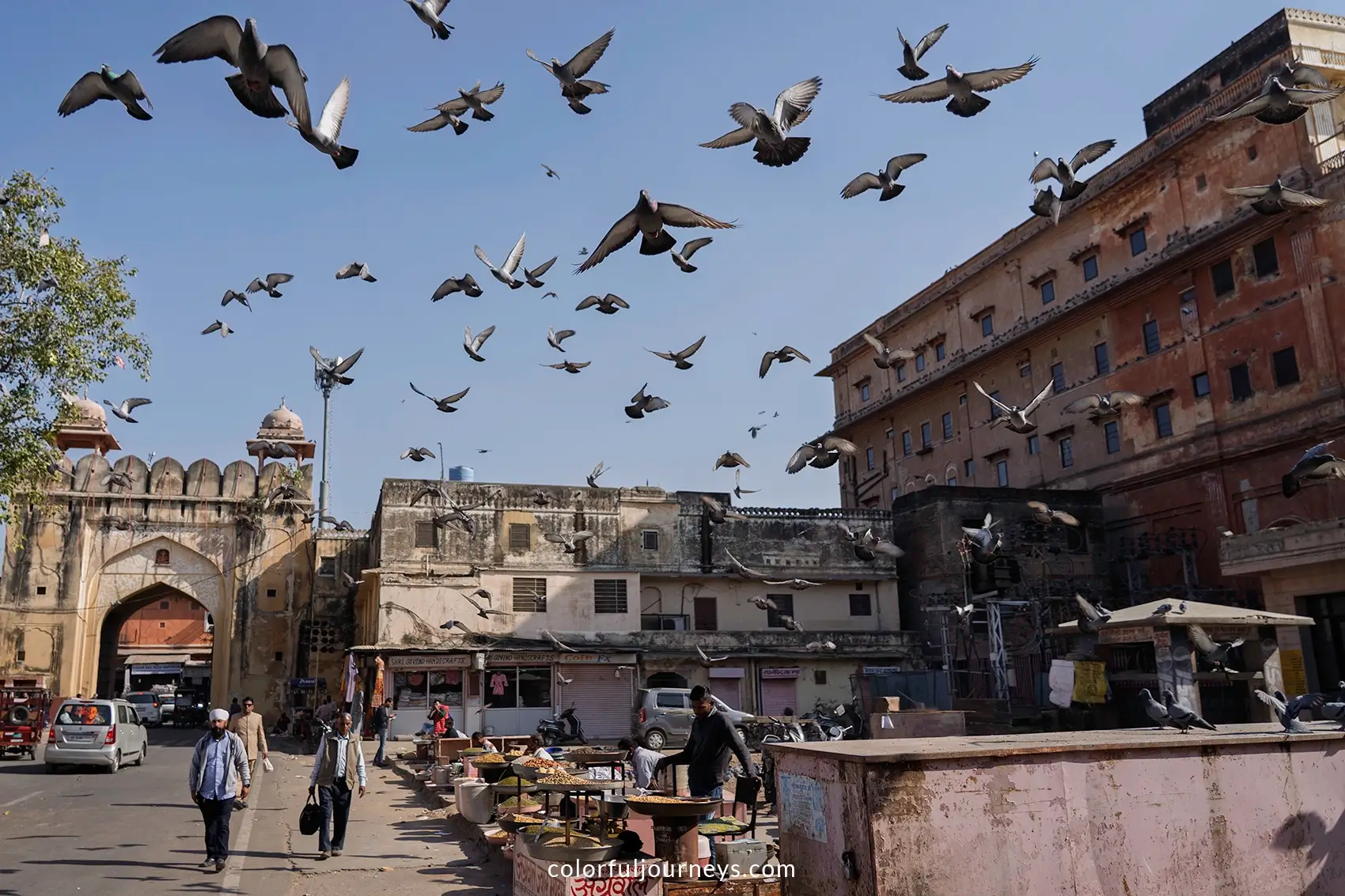
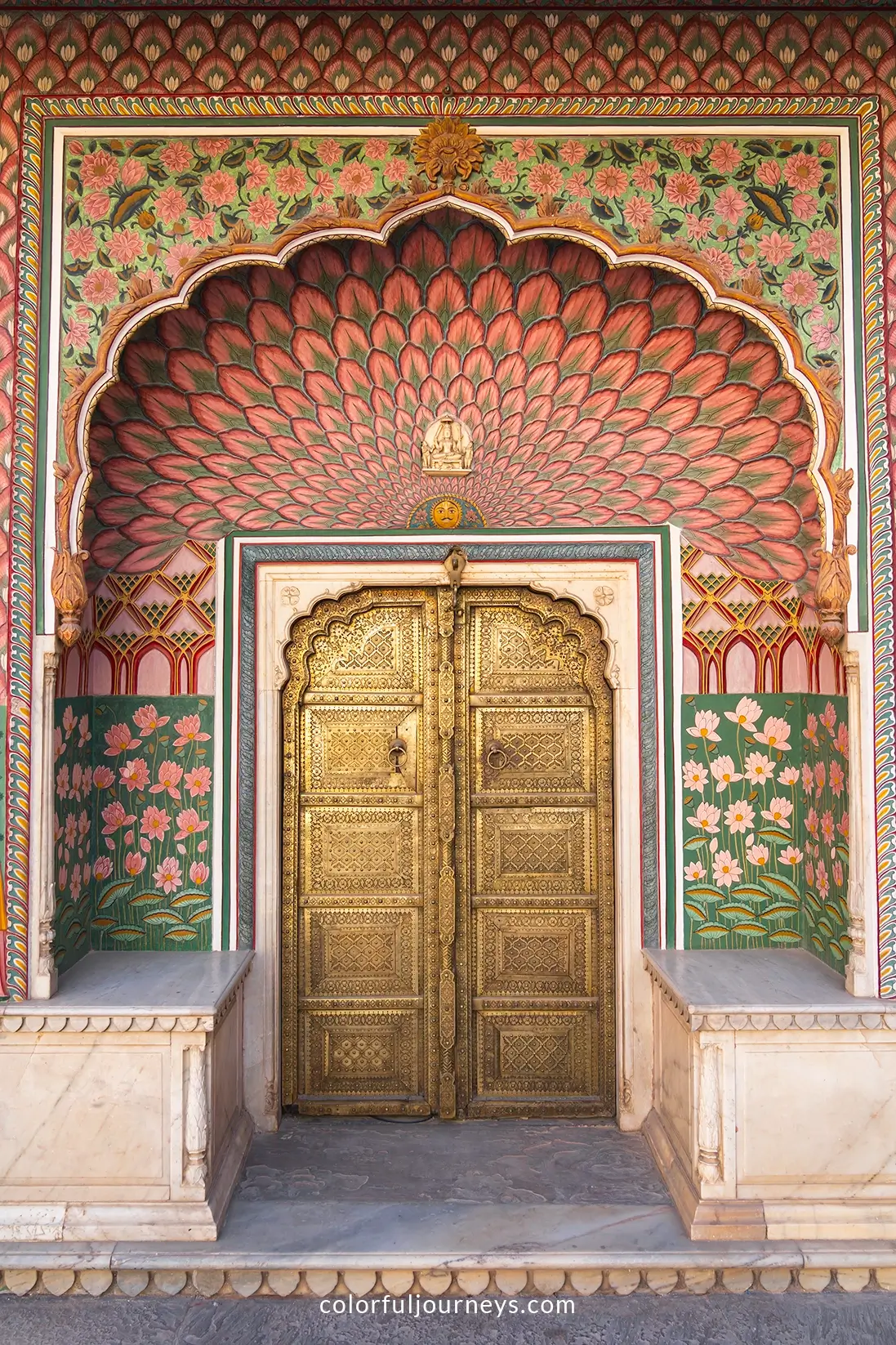
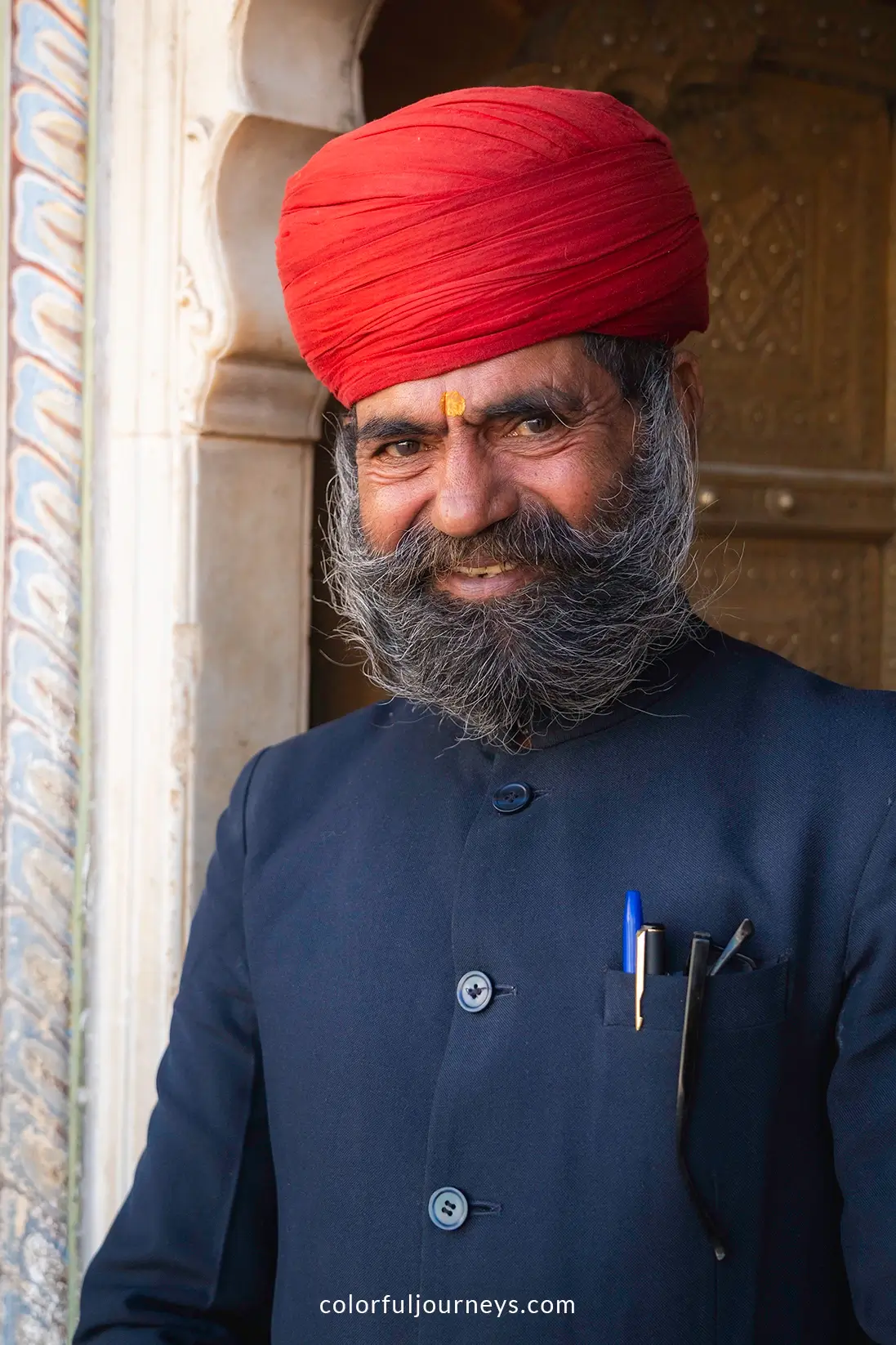
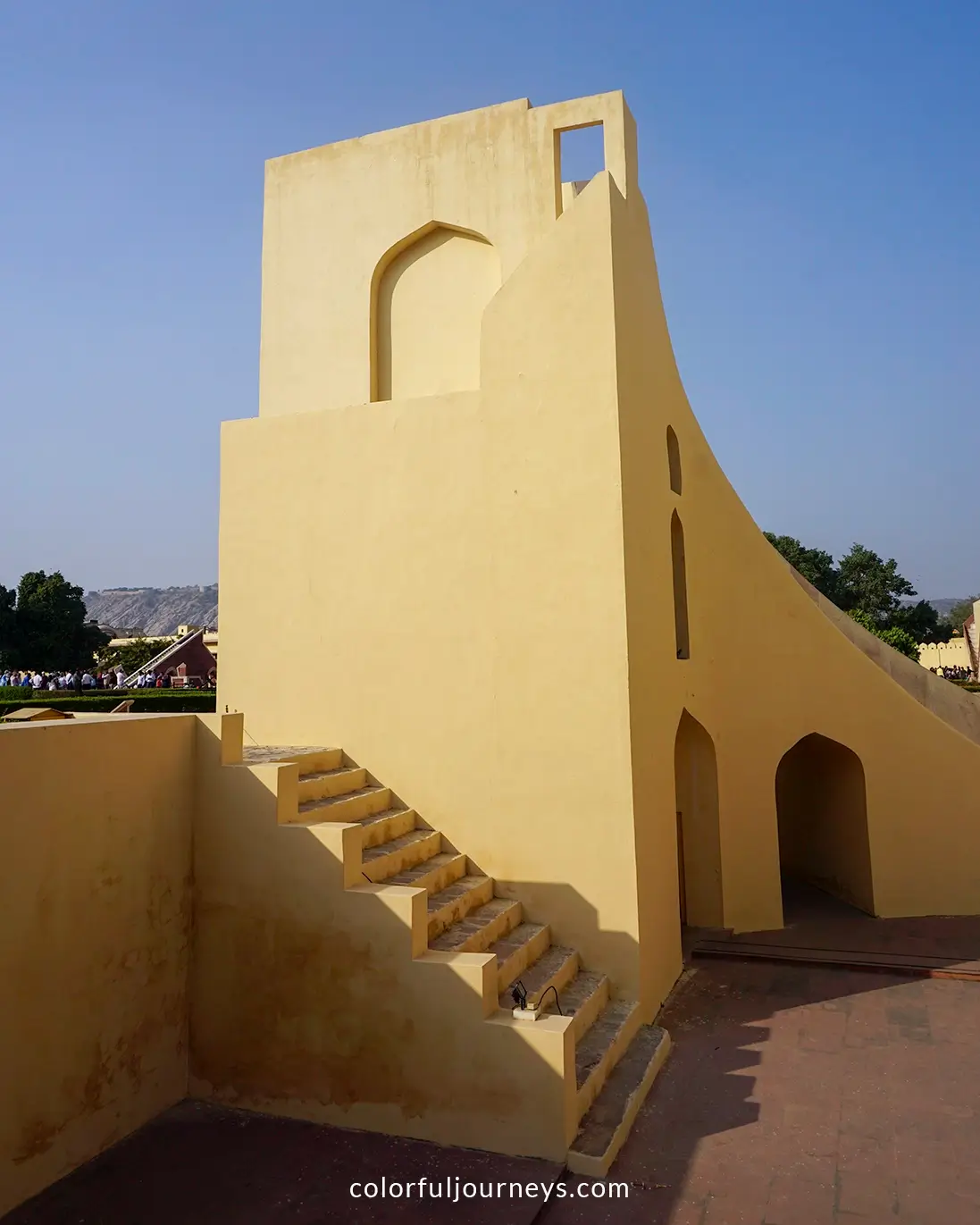
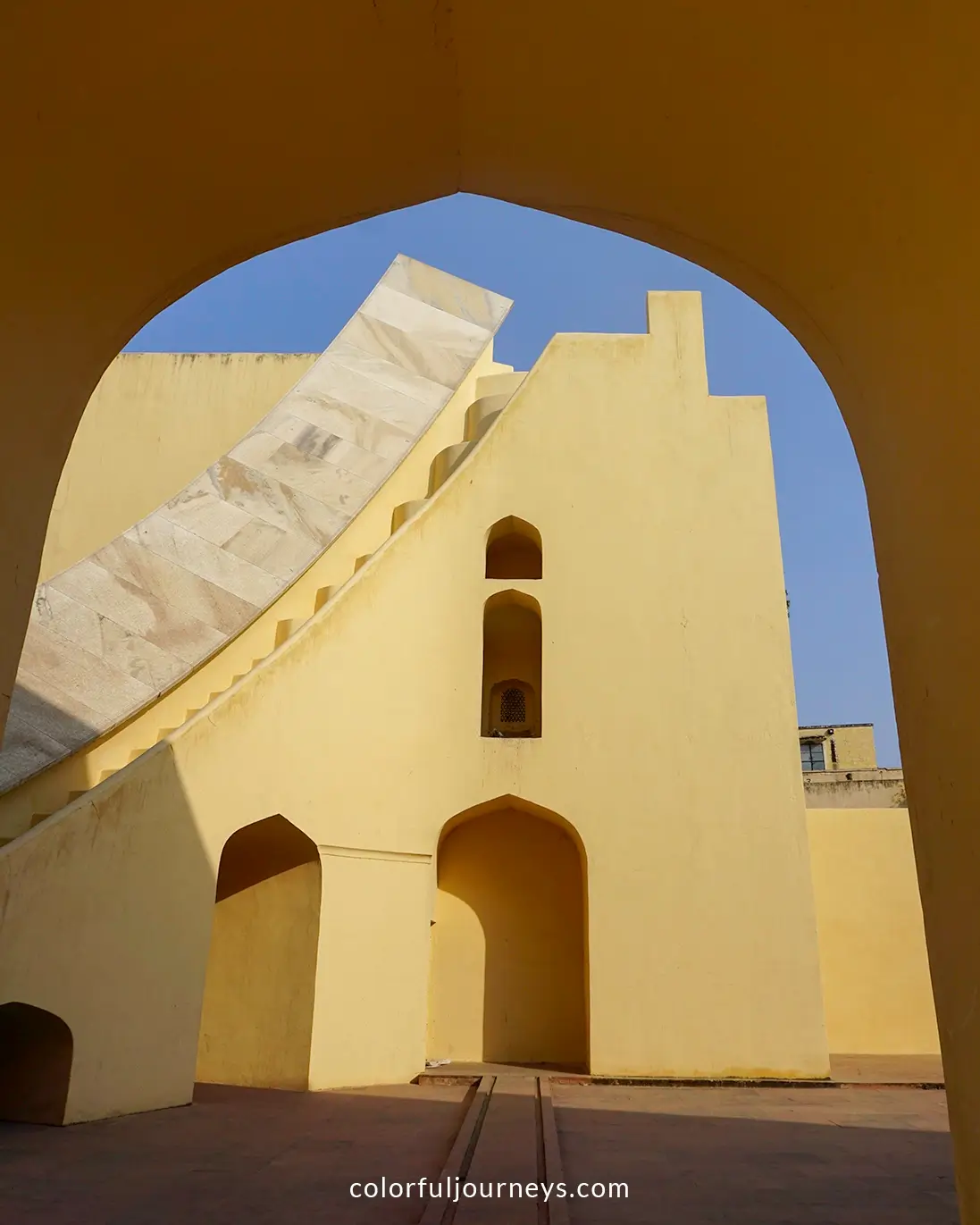
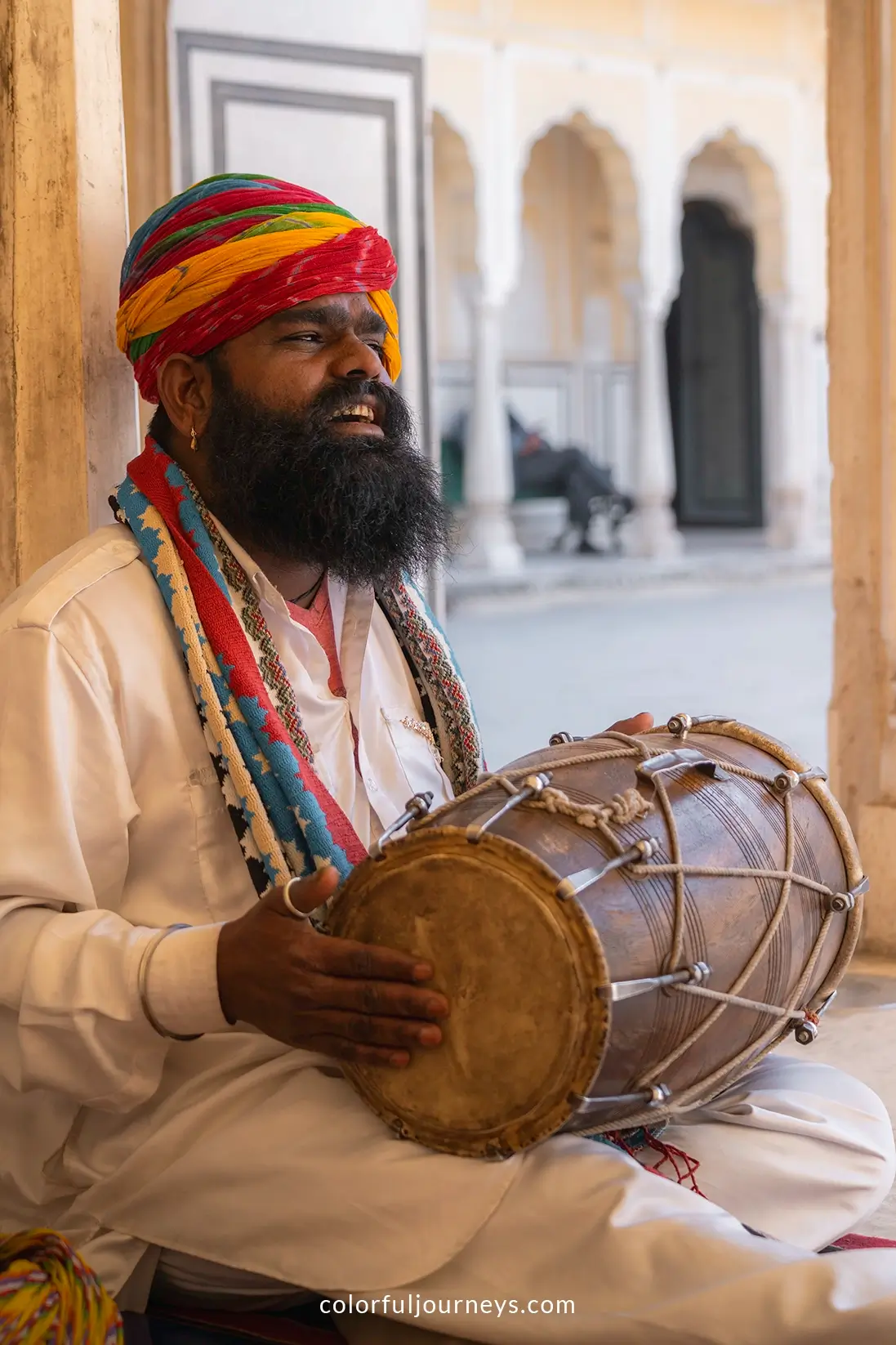
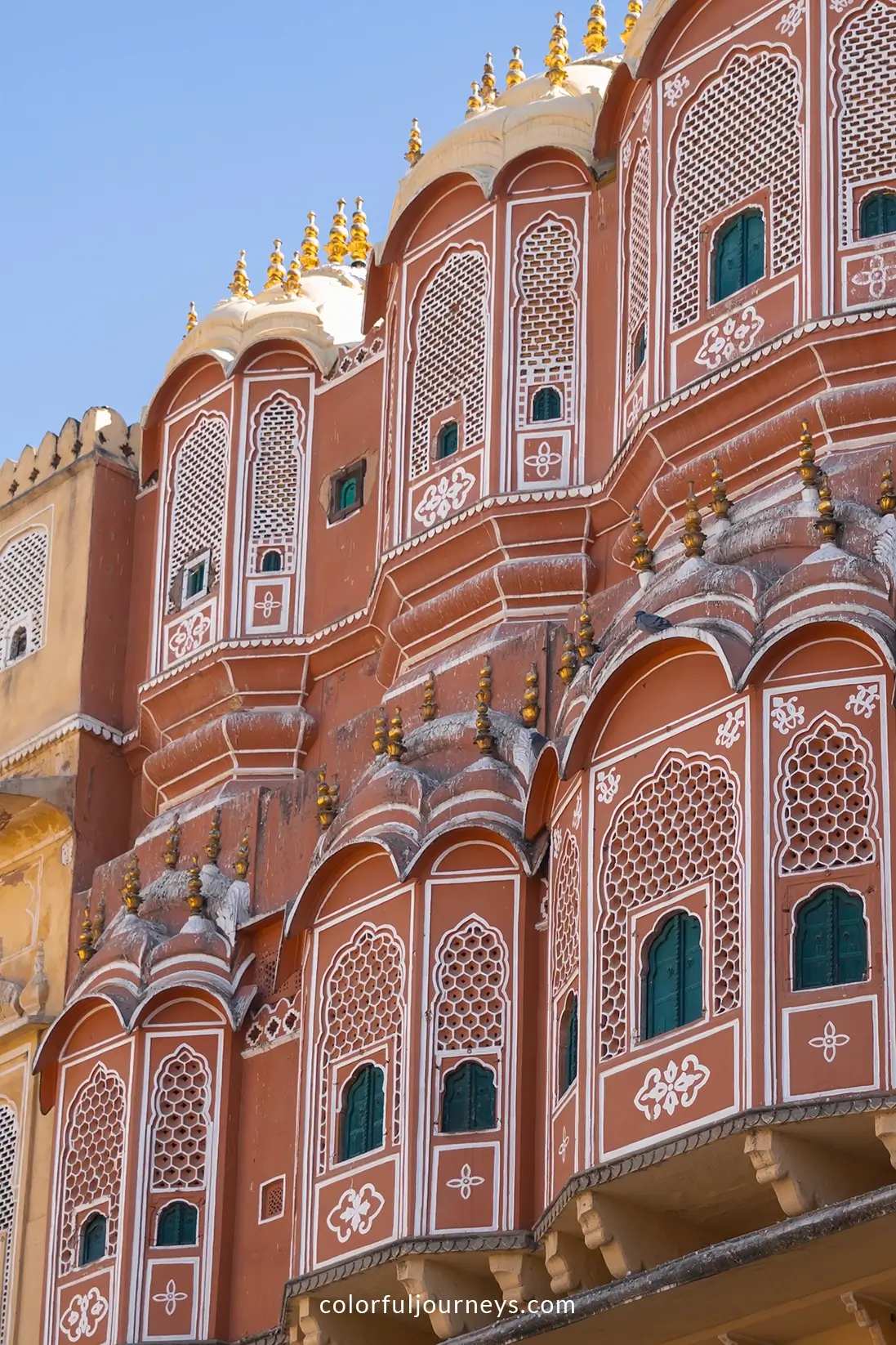
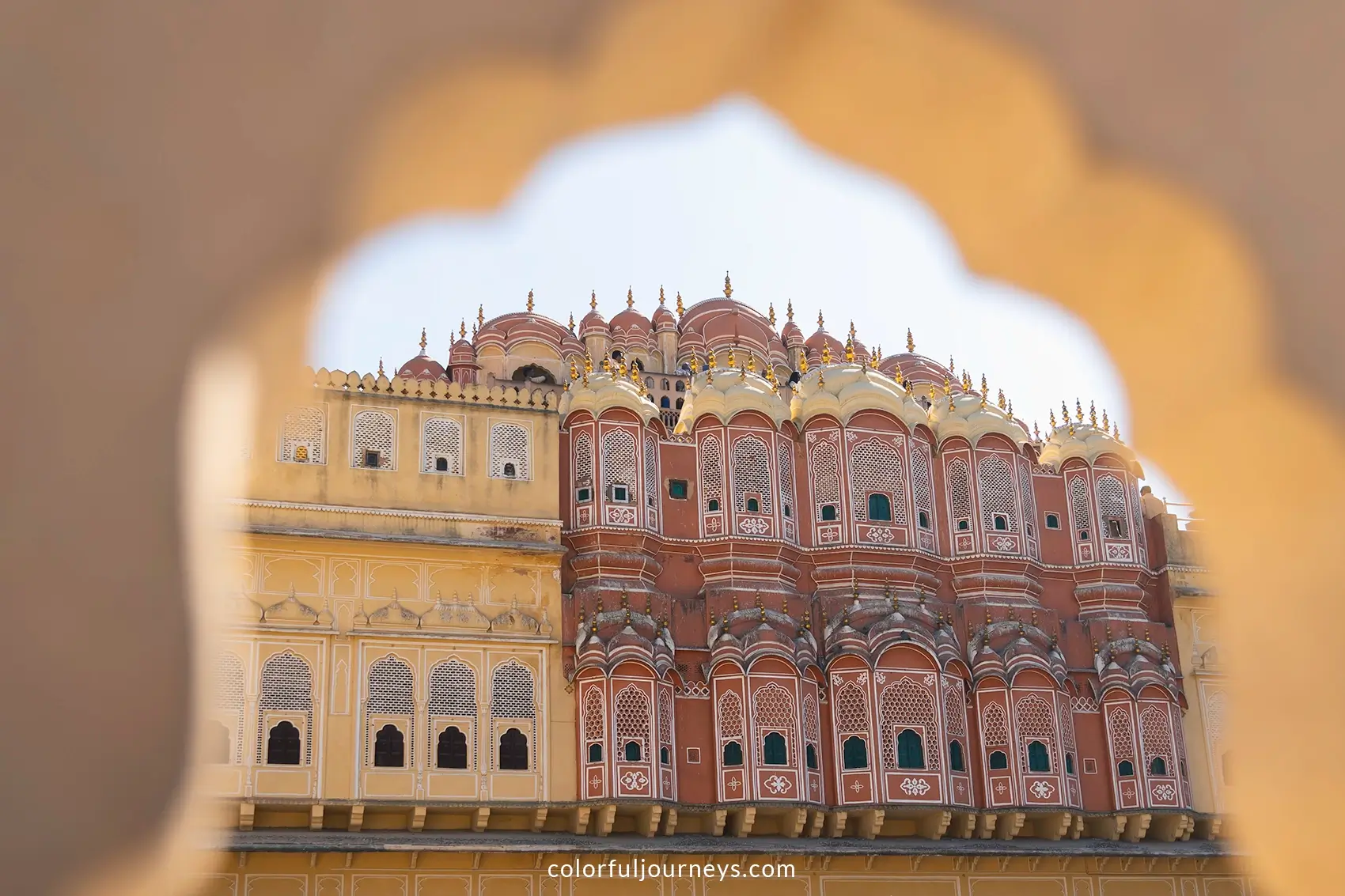
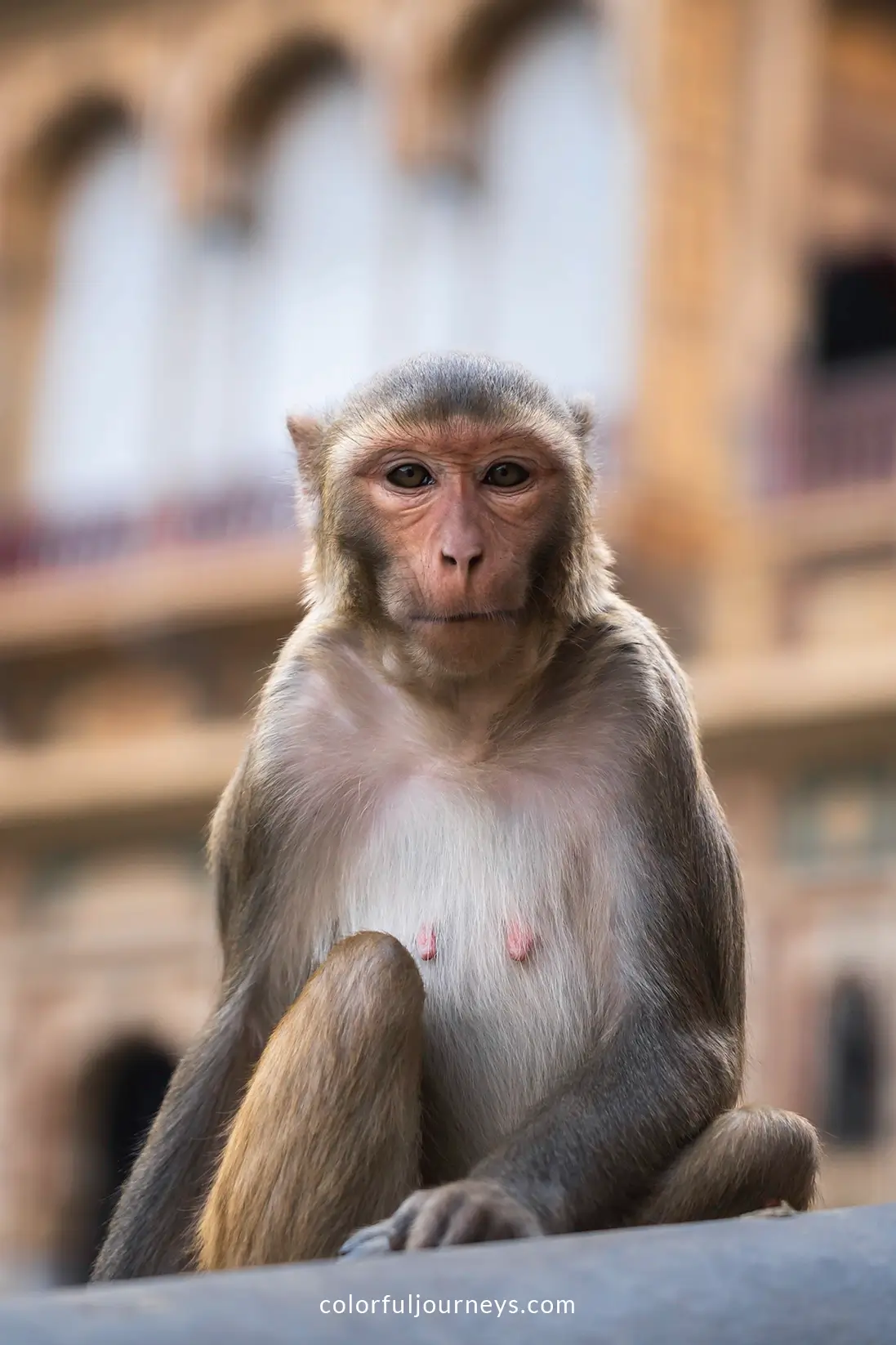
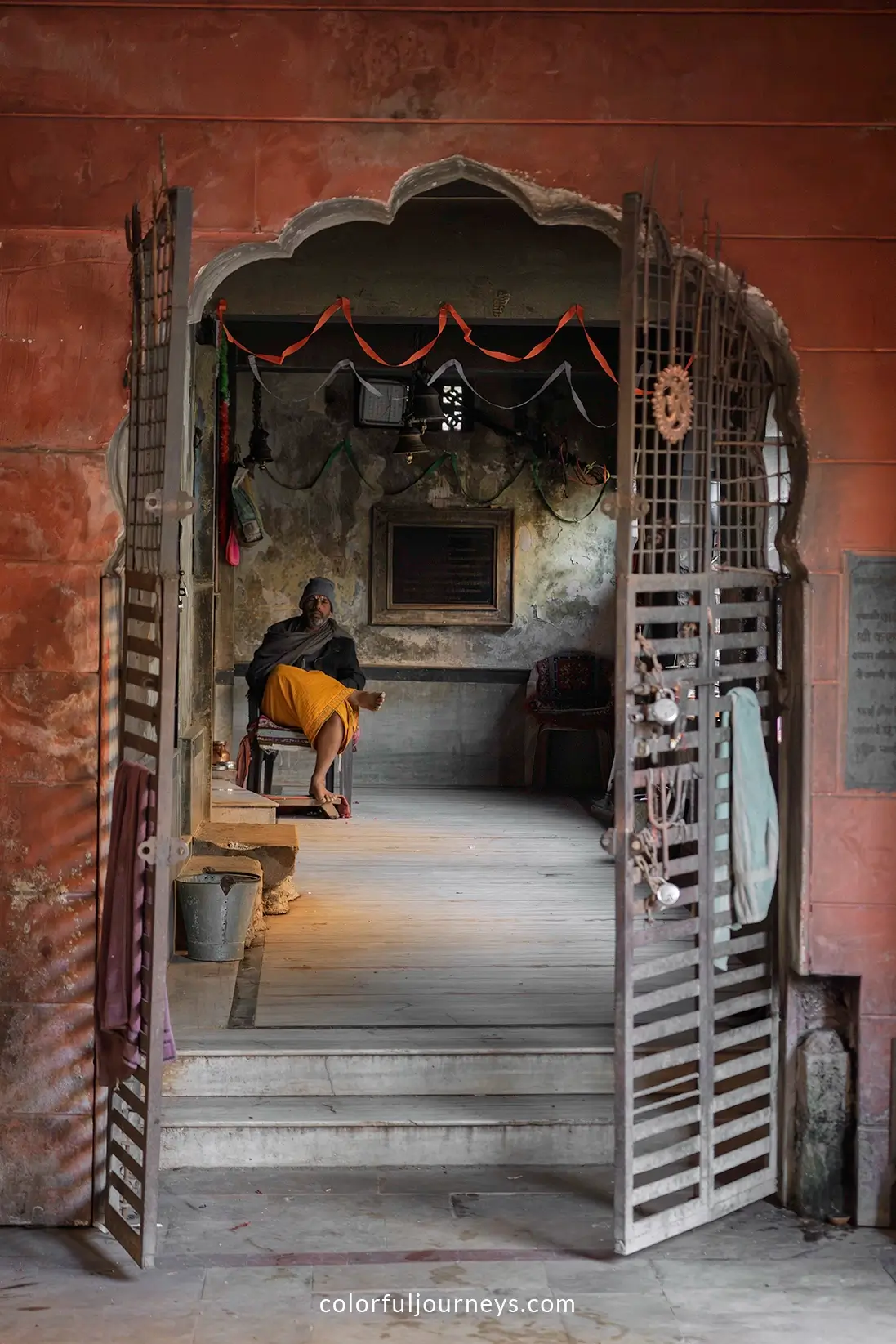
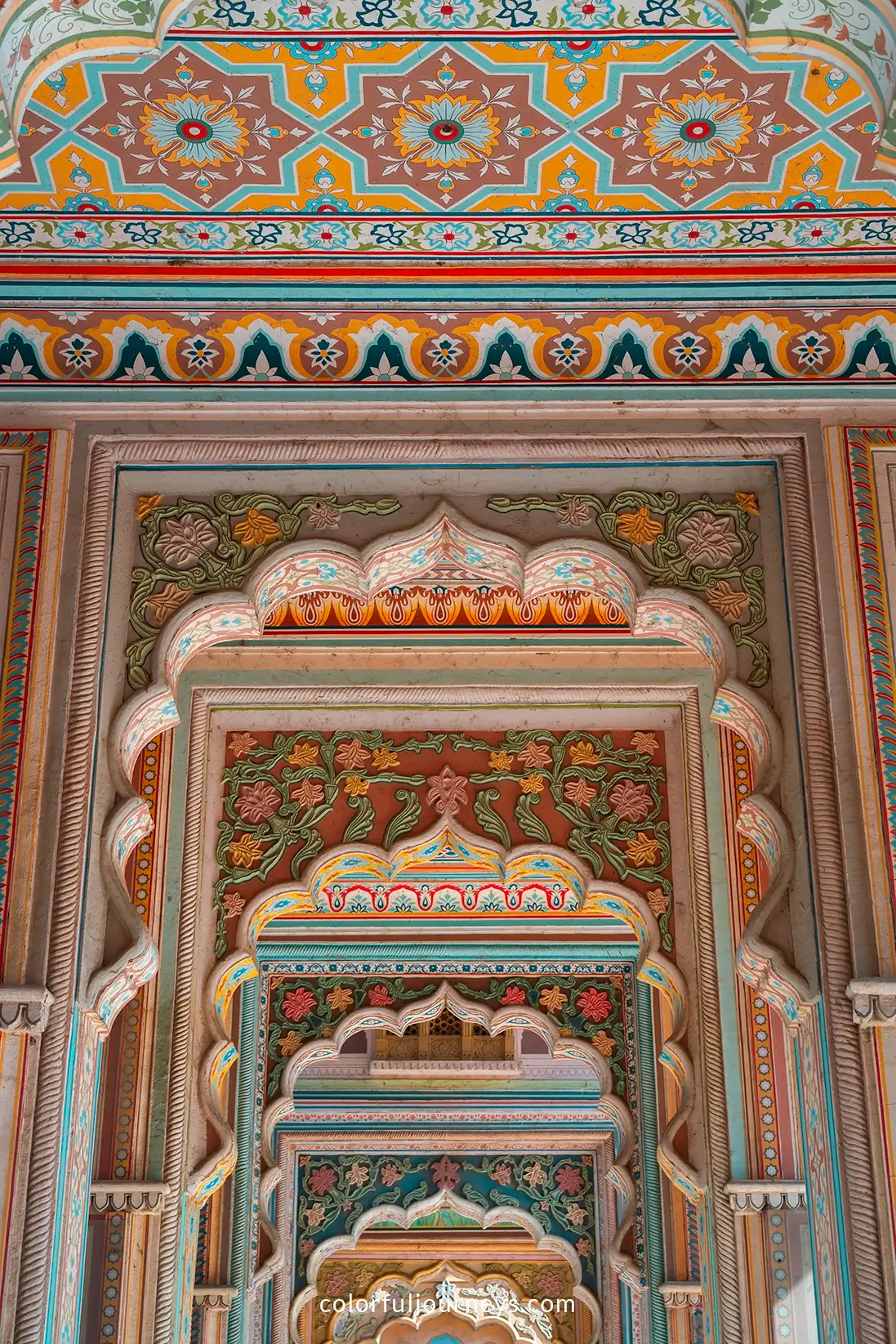
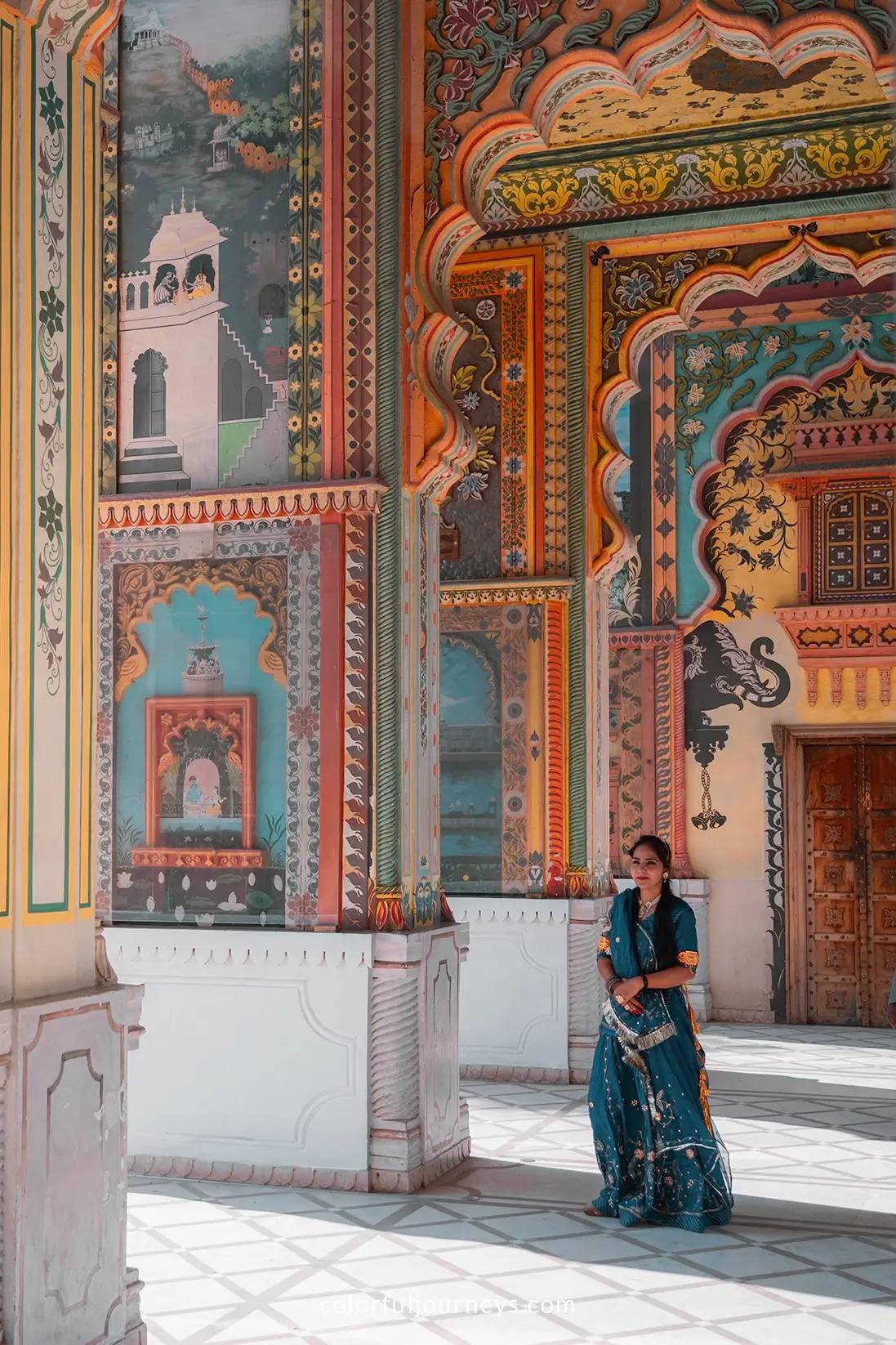
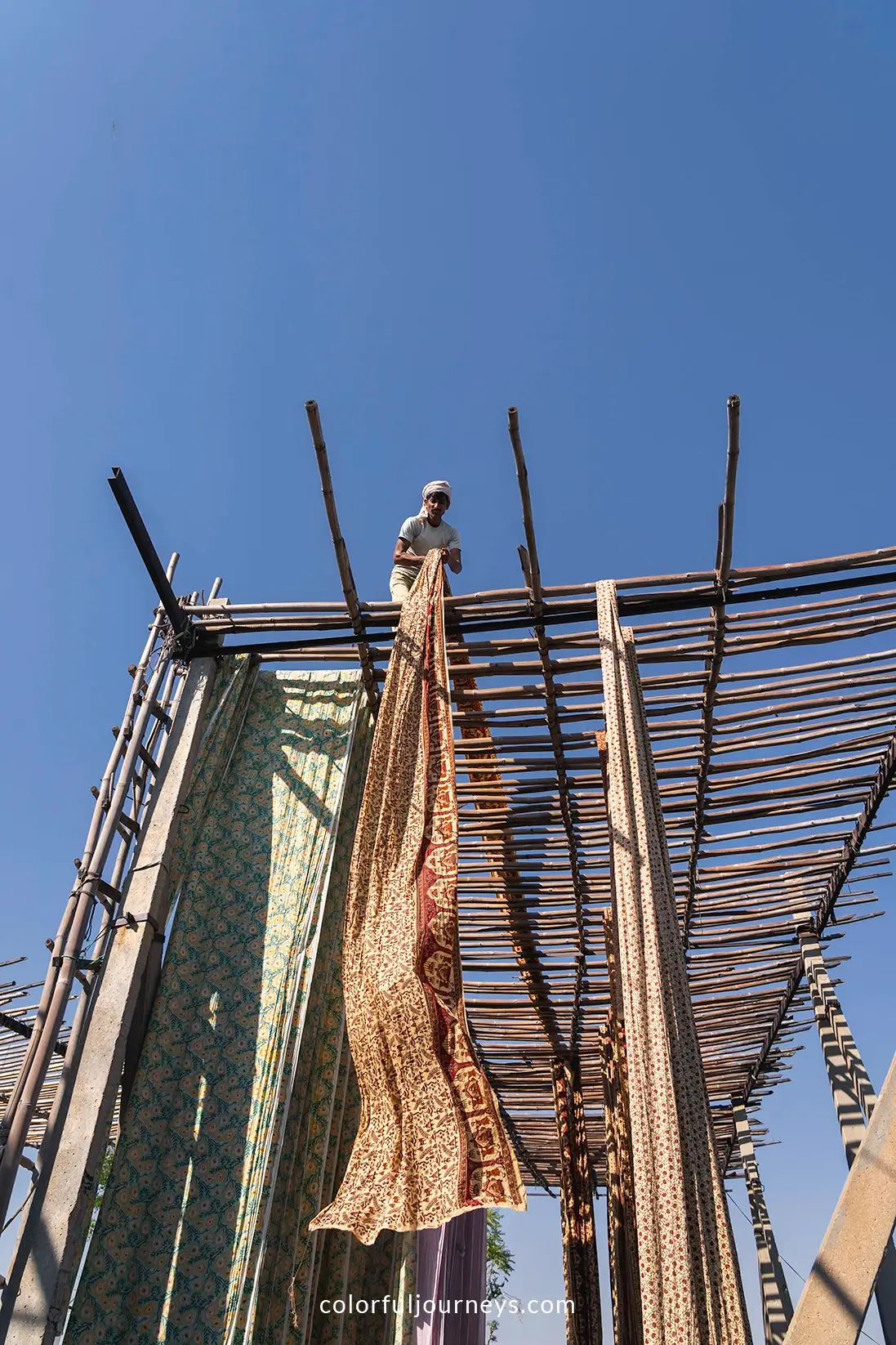
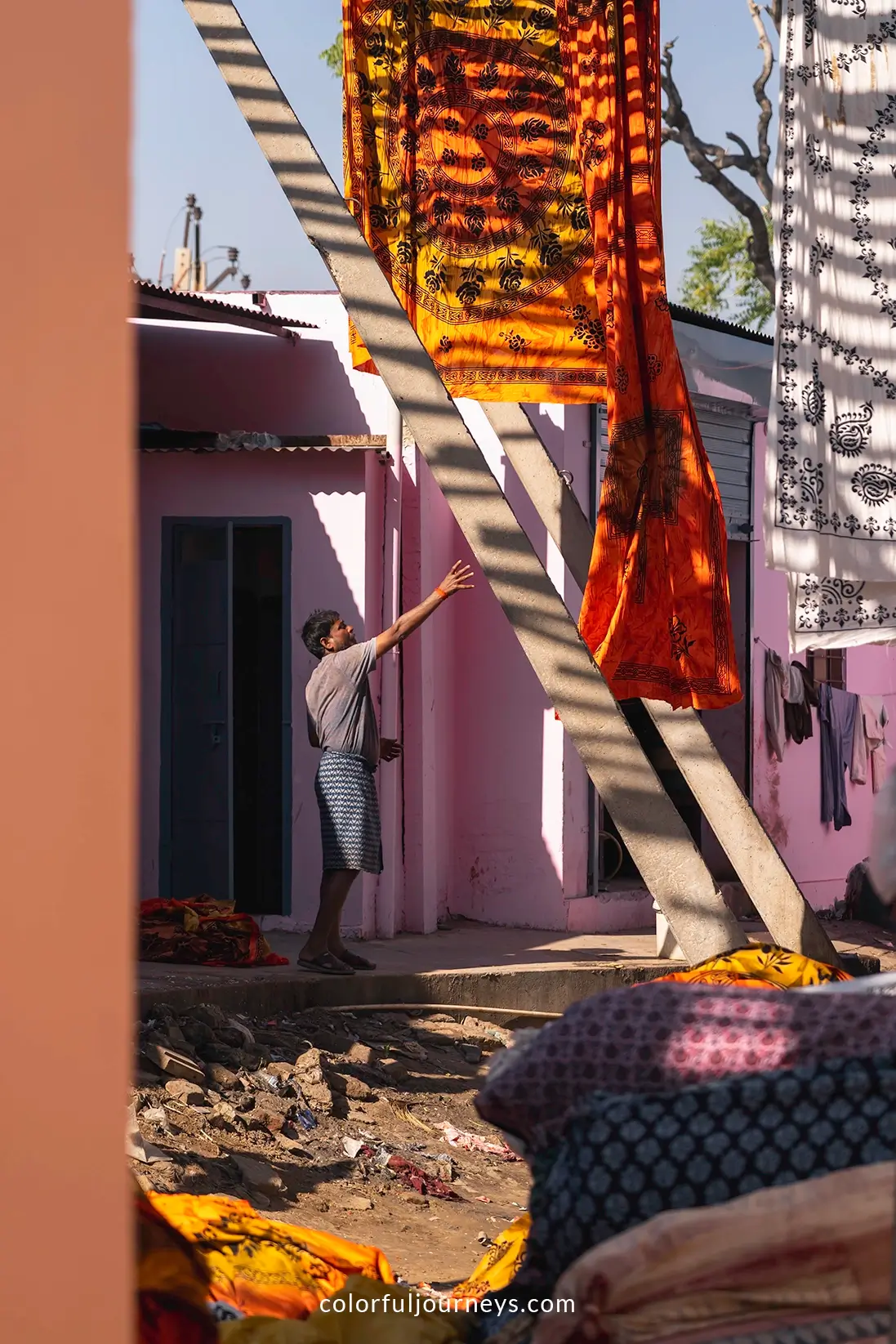
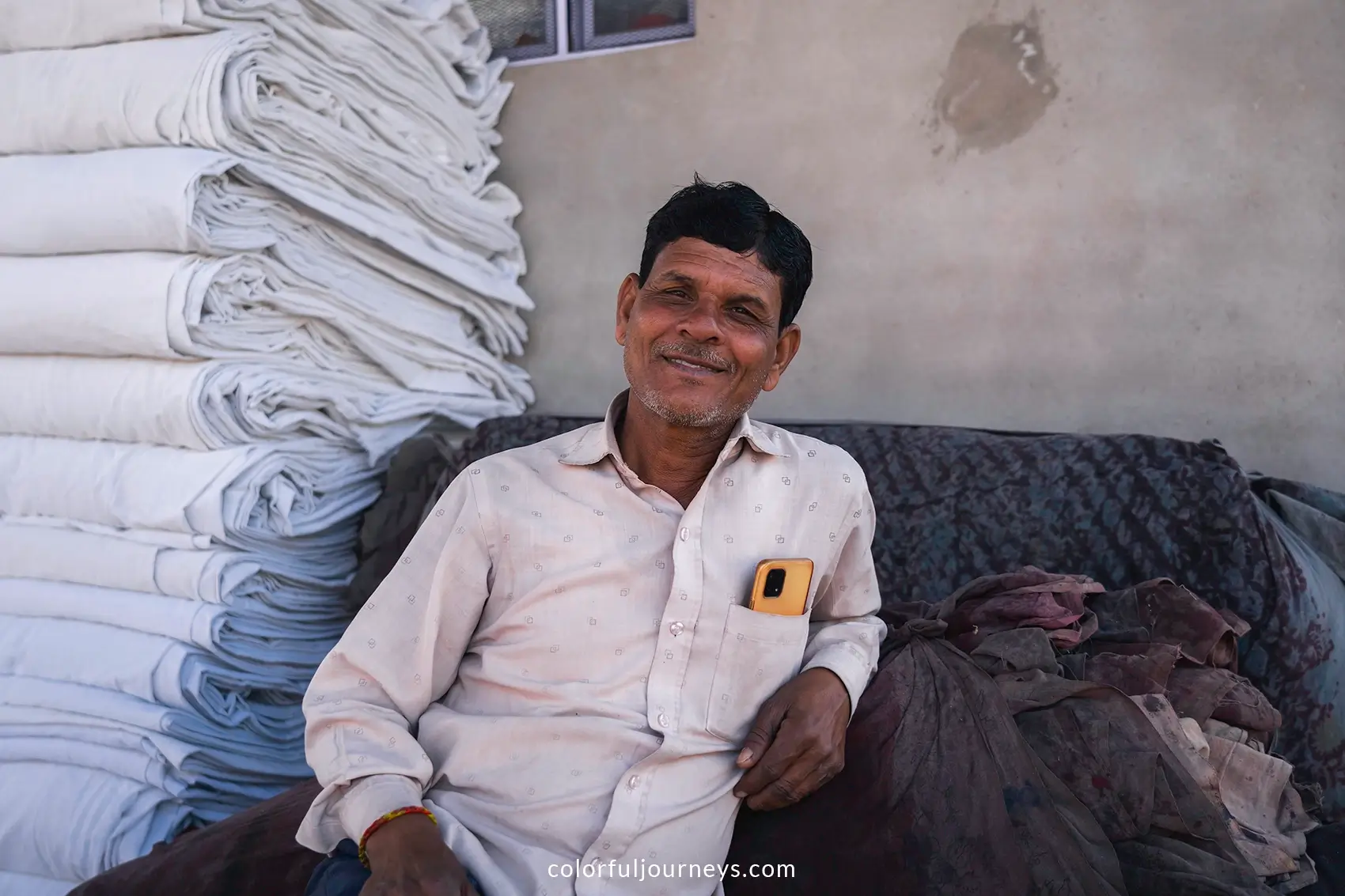
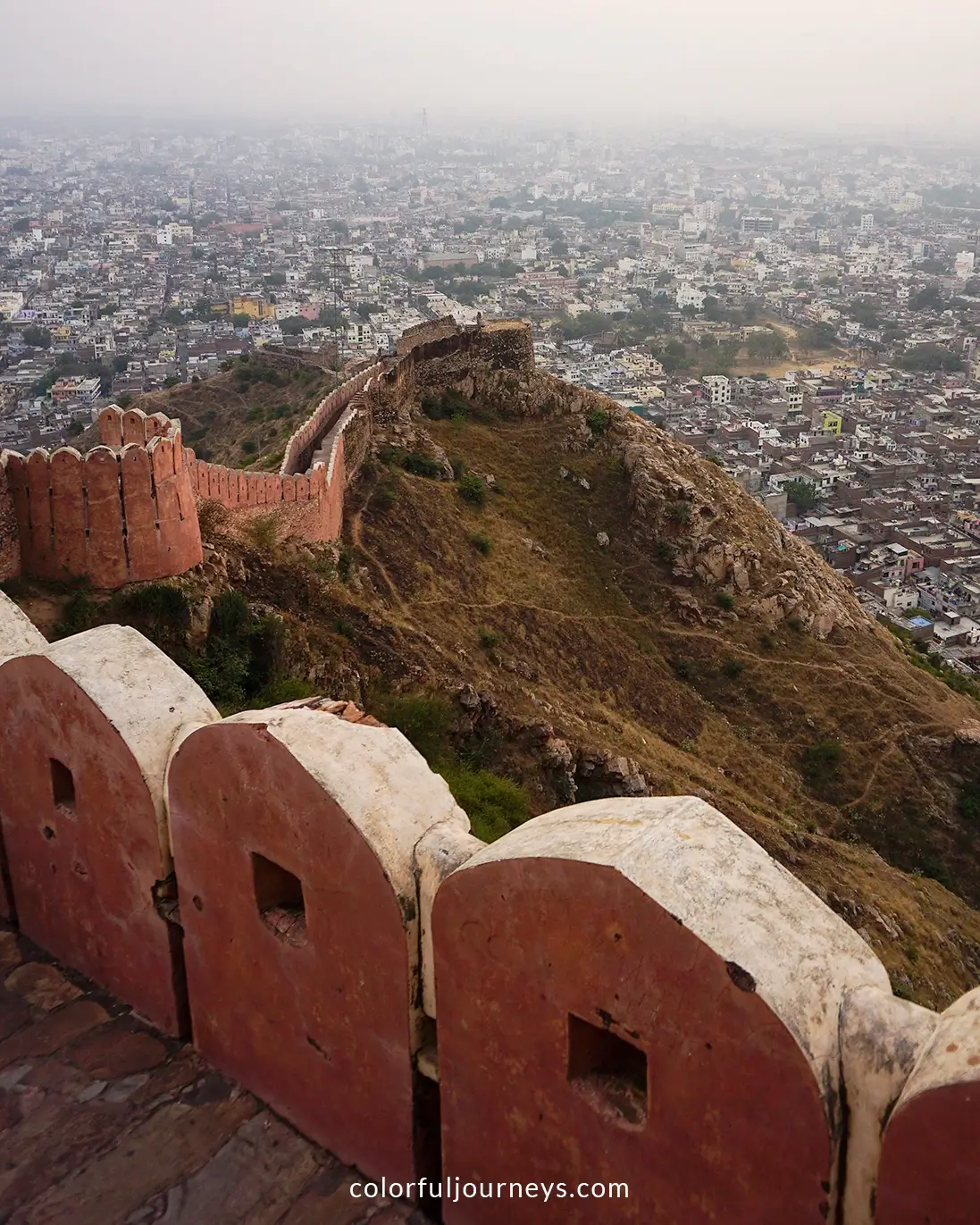
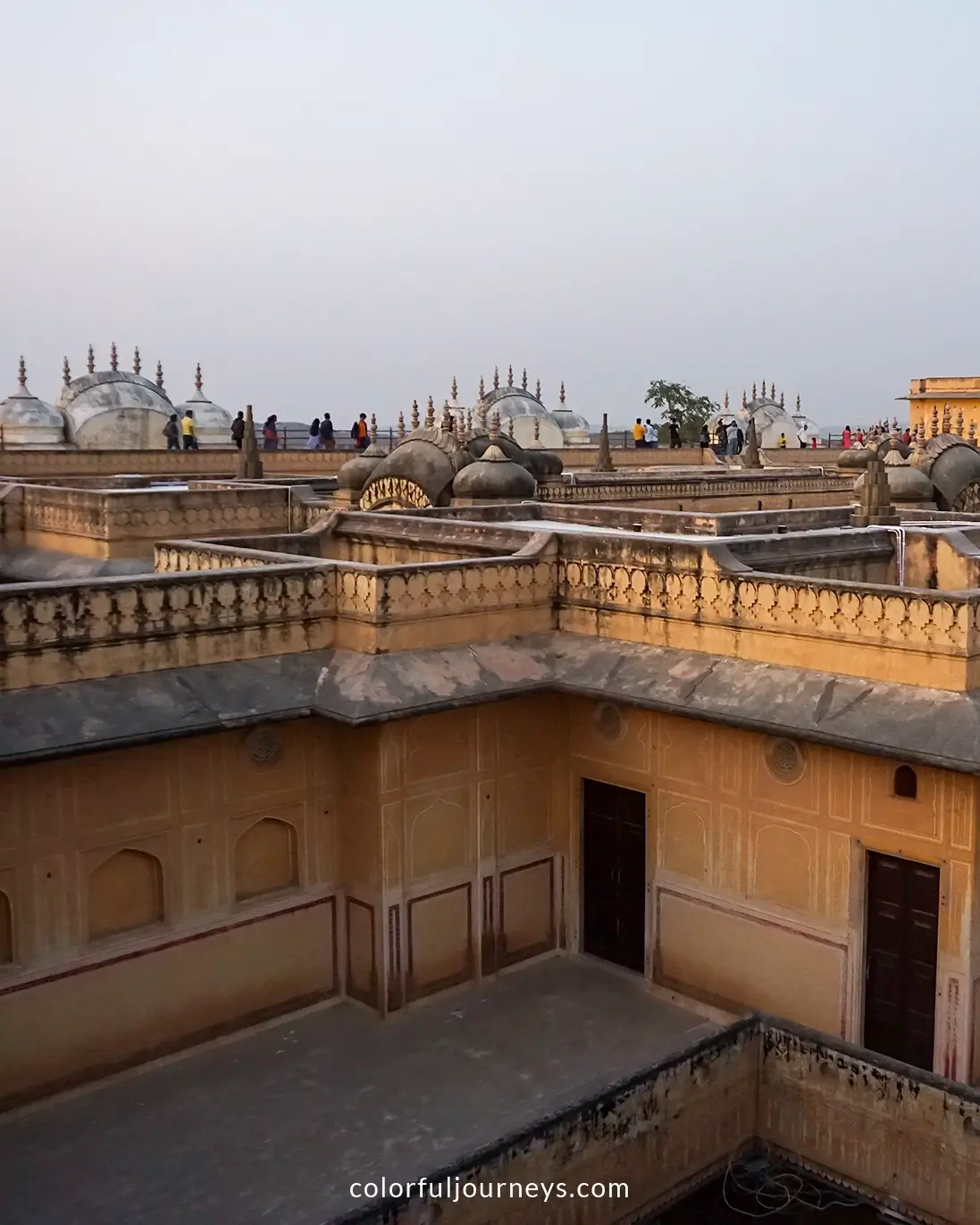
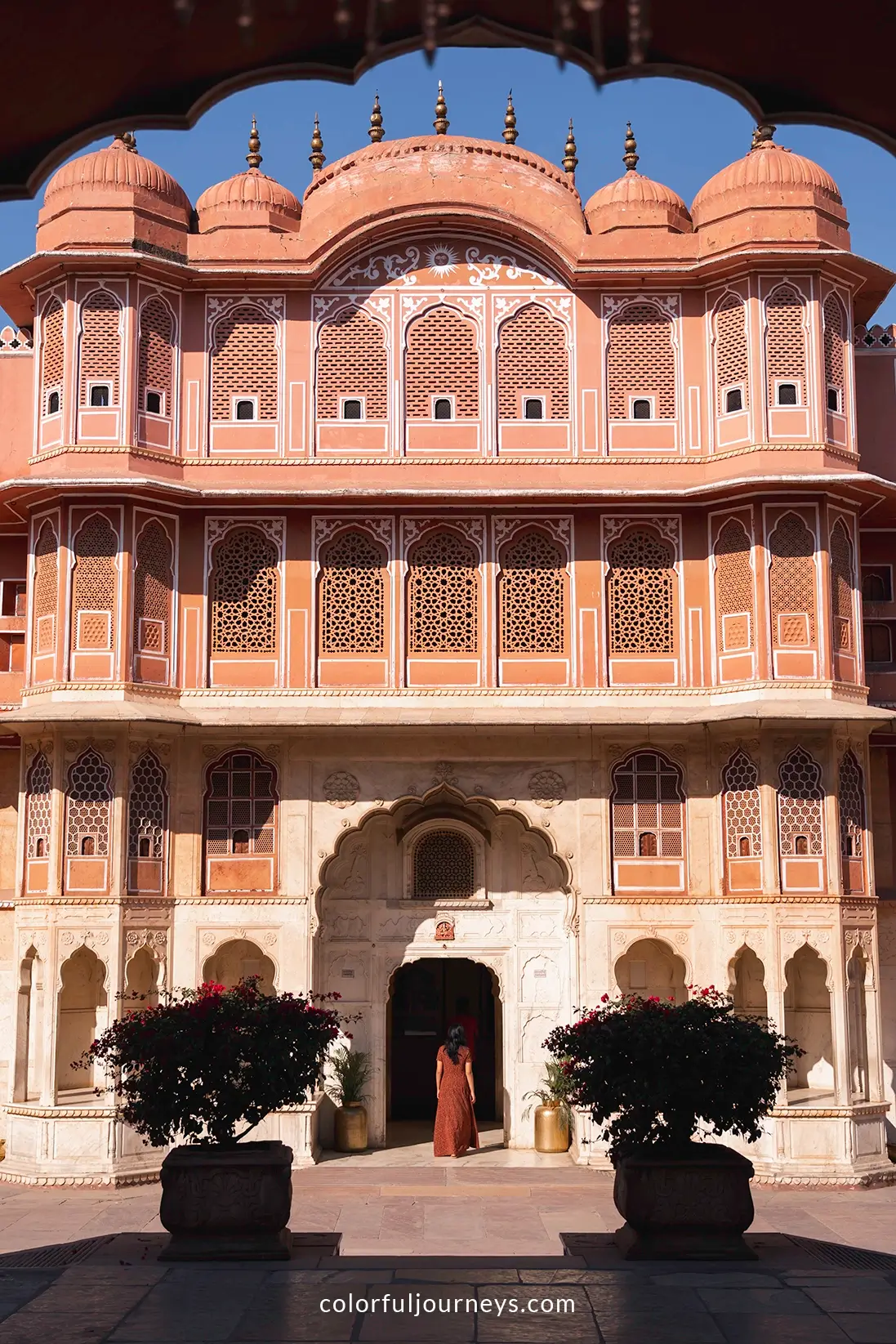
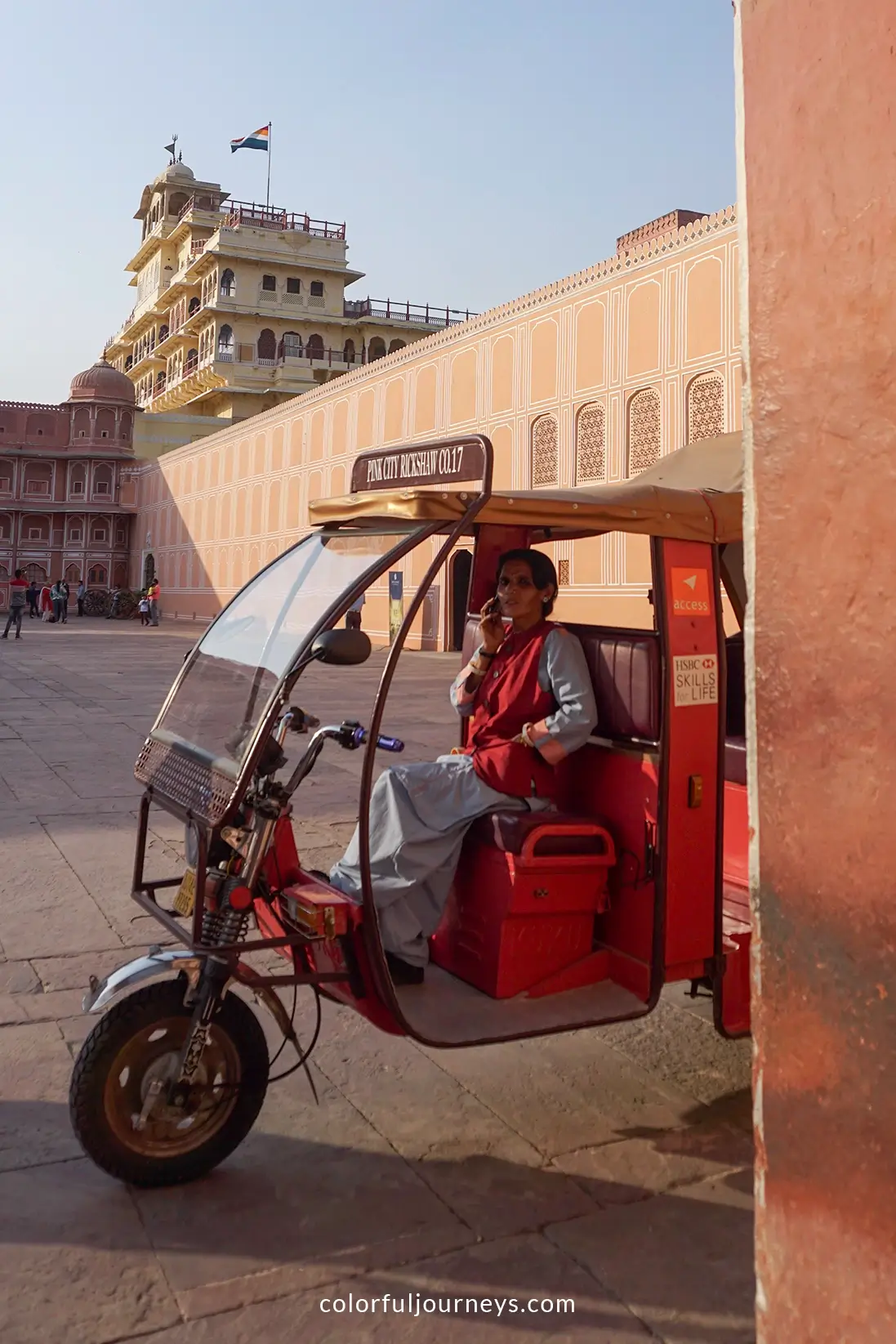
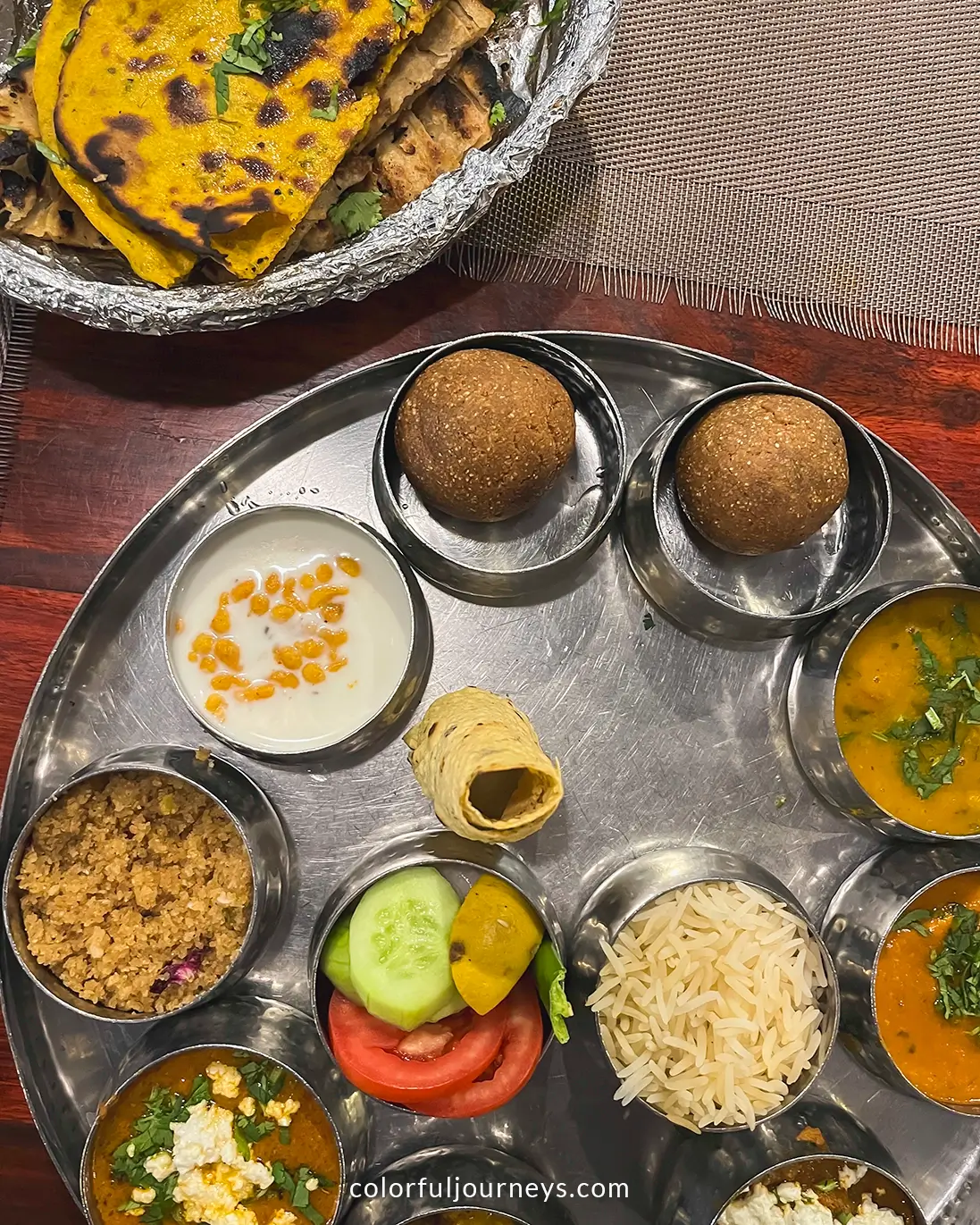
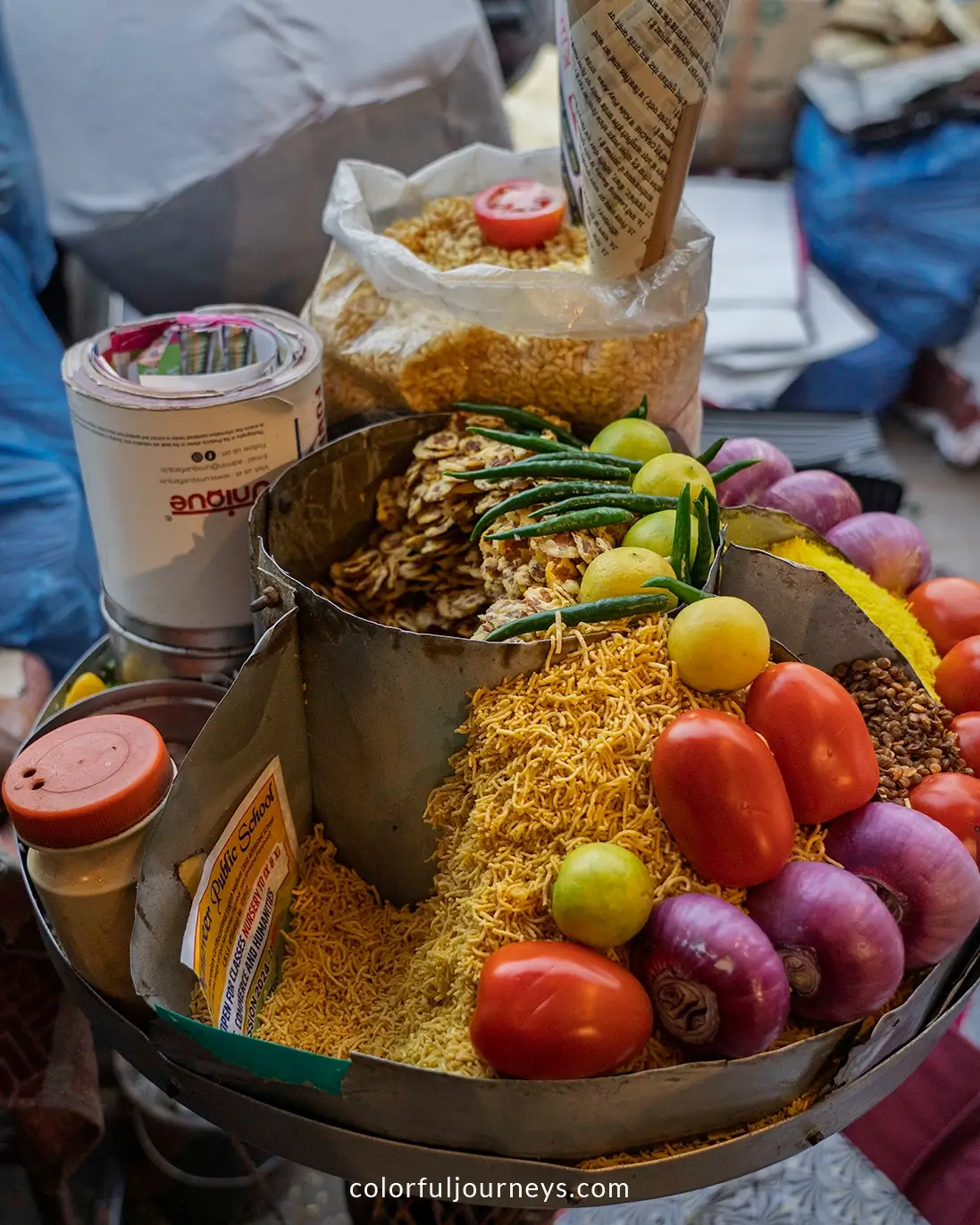


.webp)
.webp)
.webp)